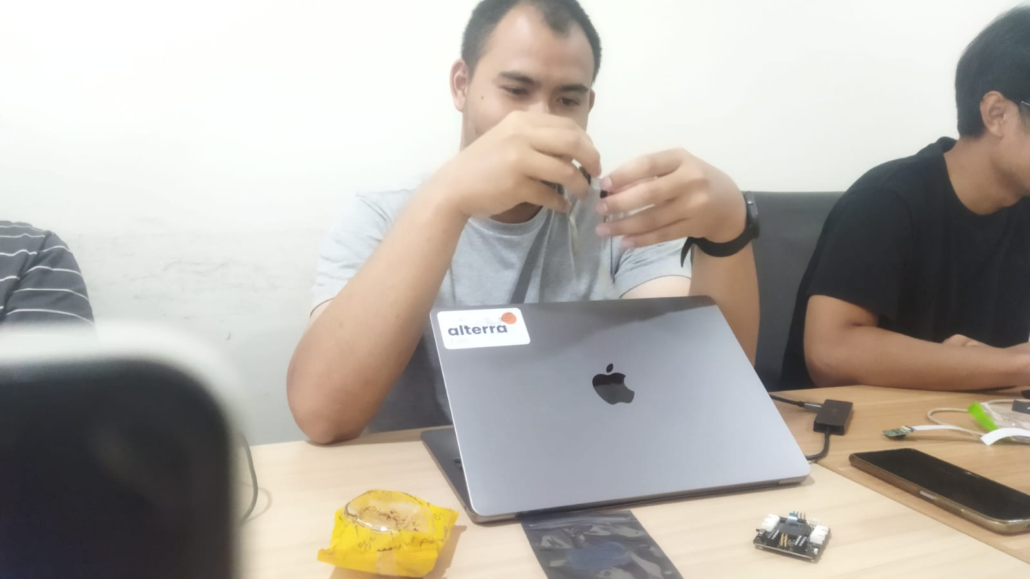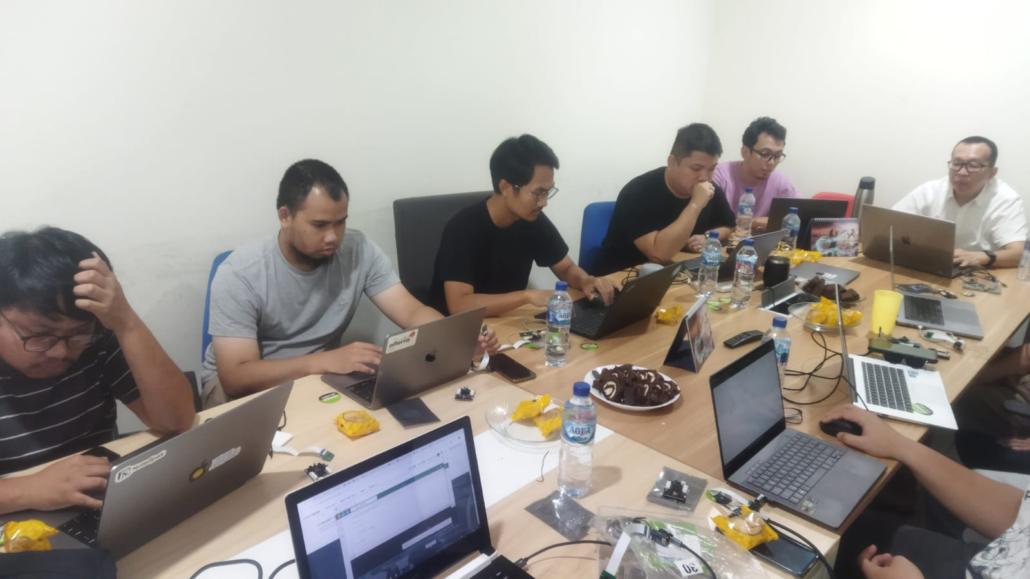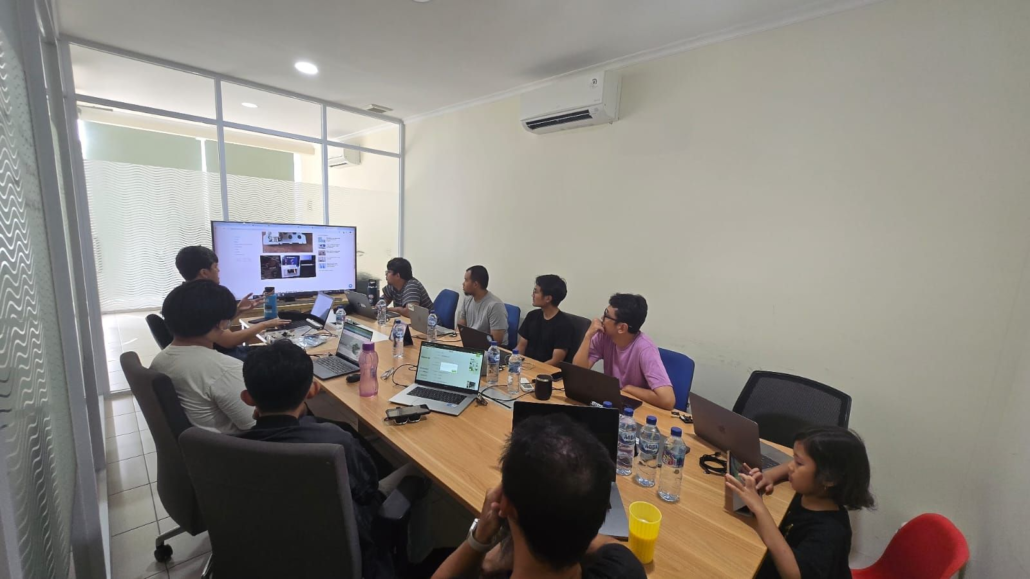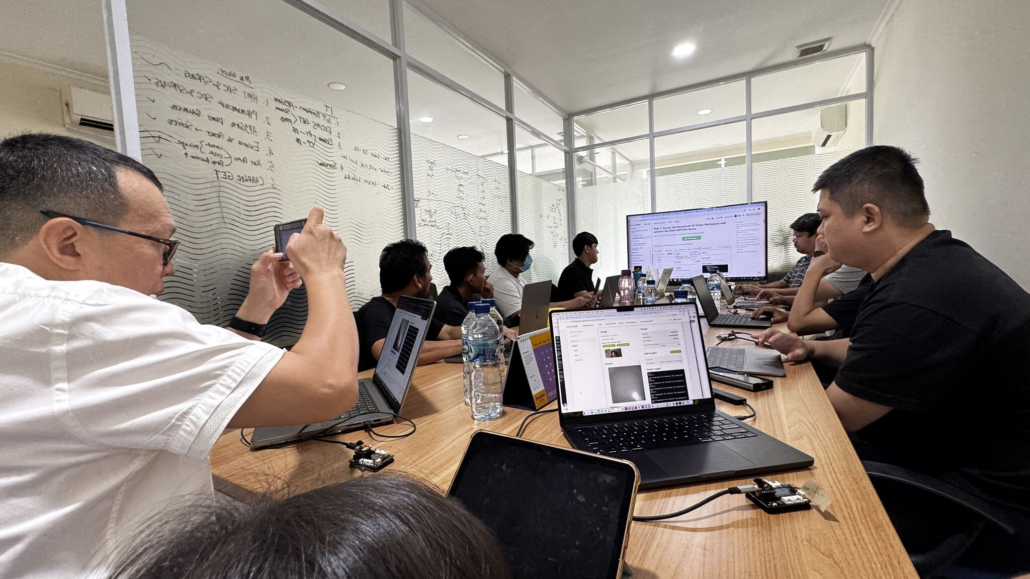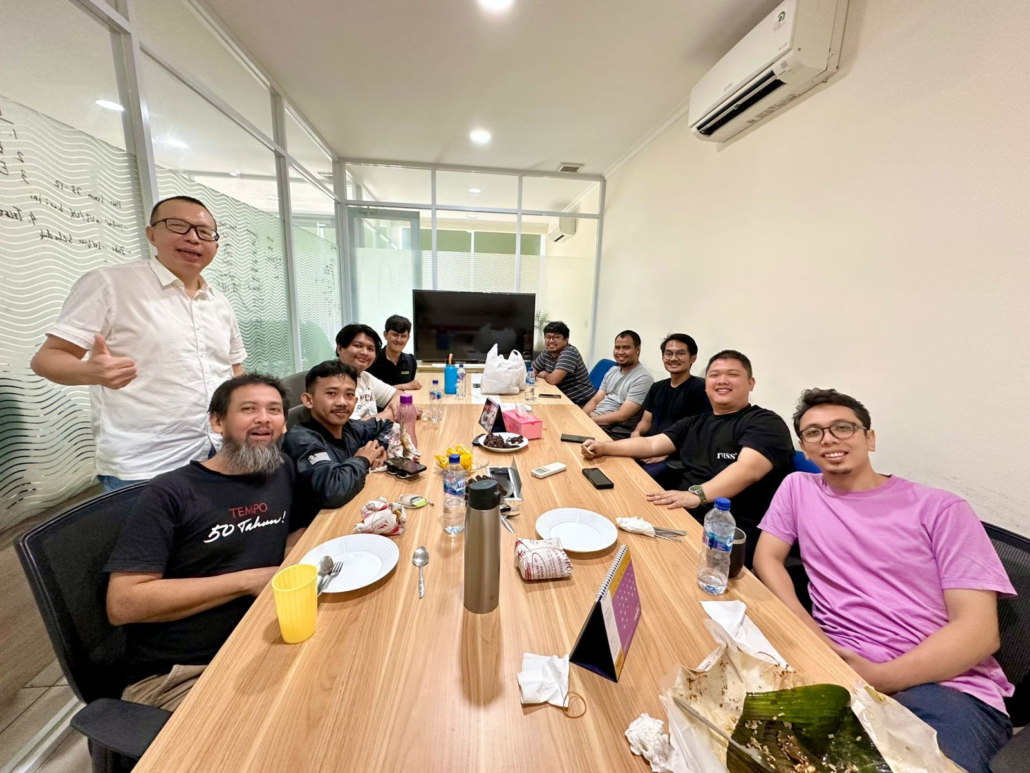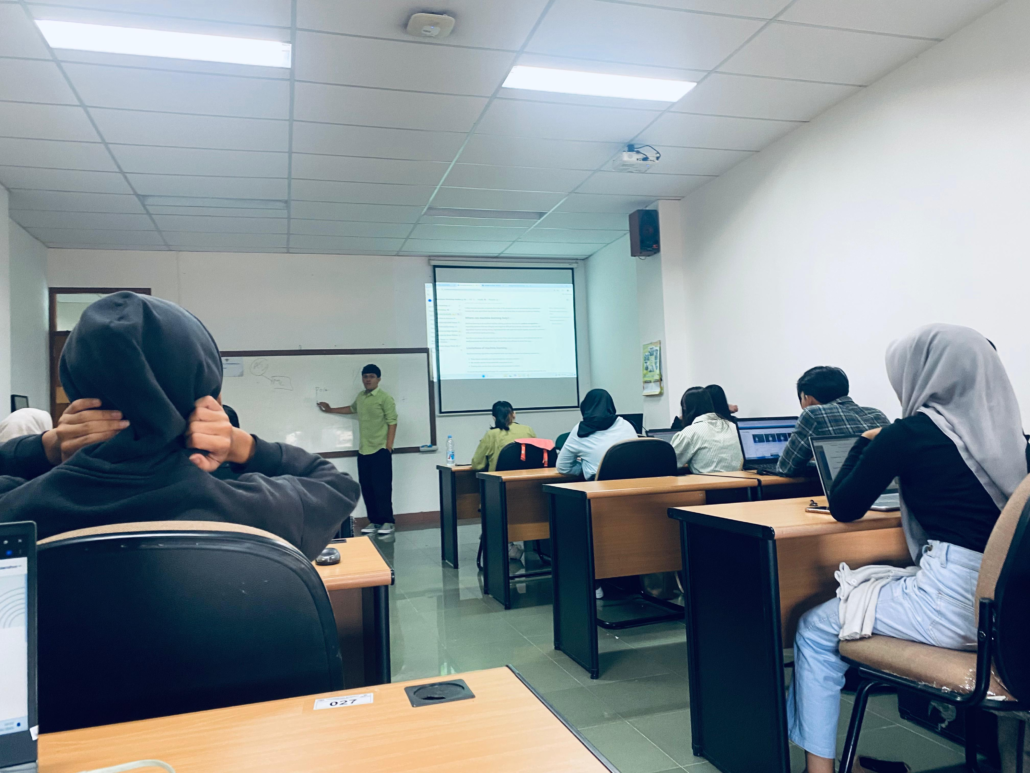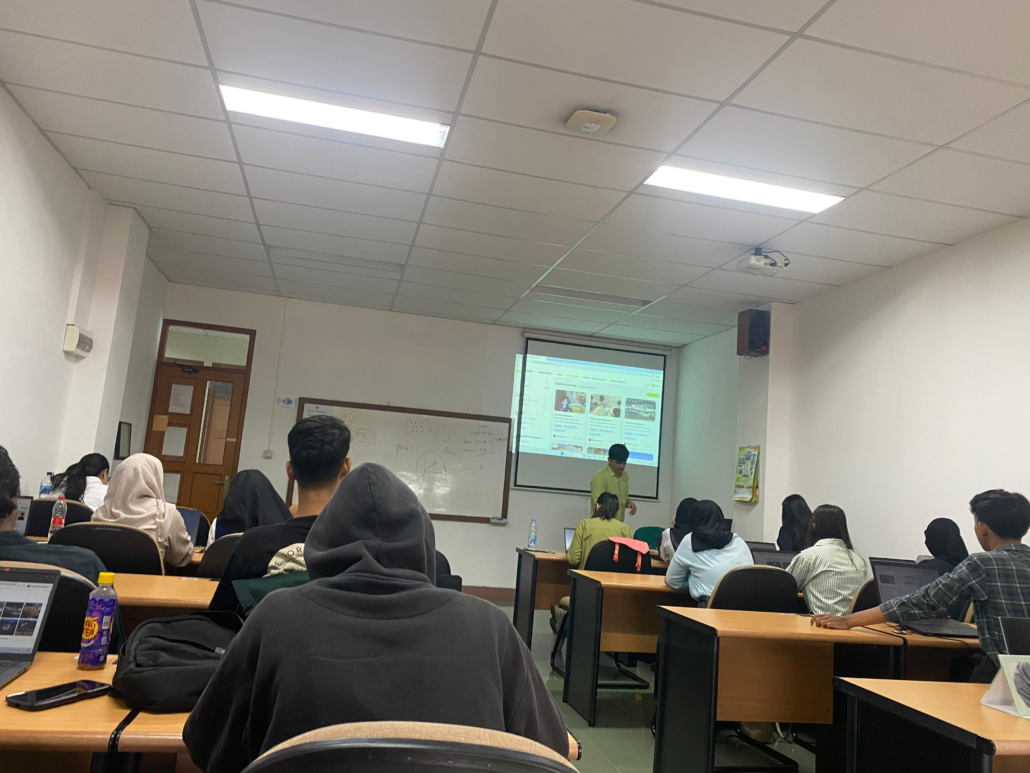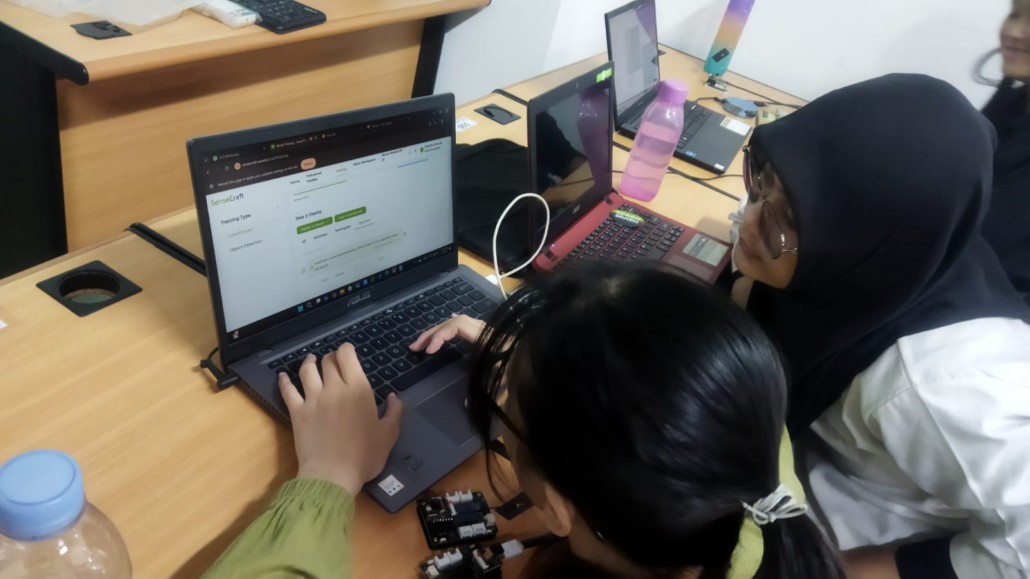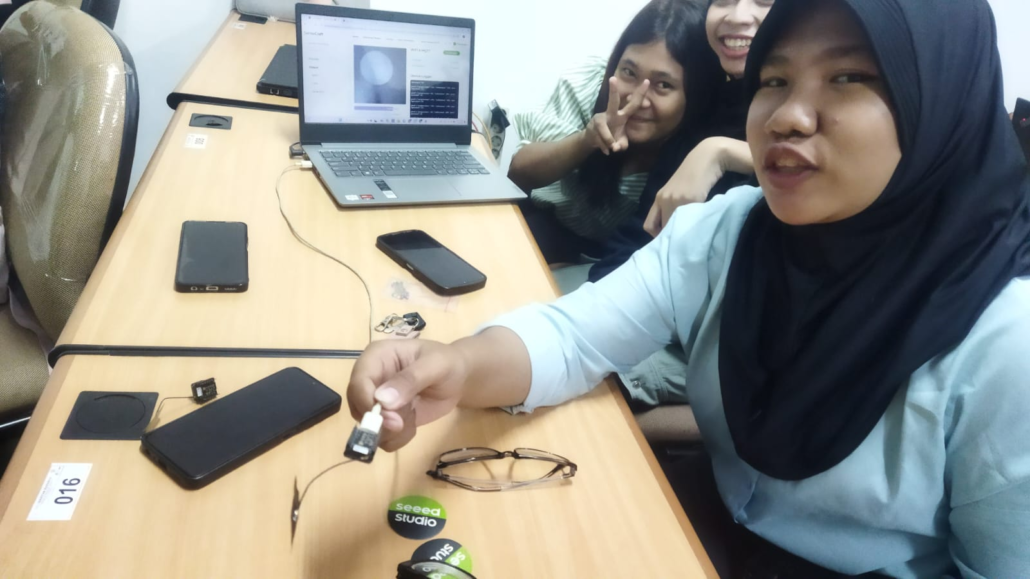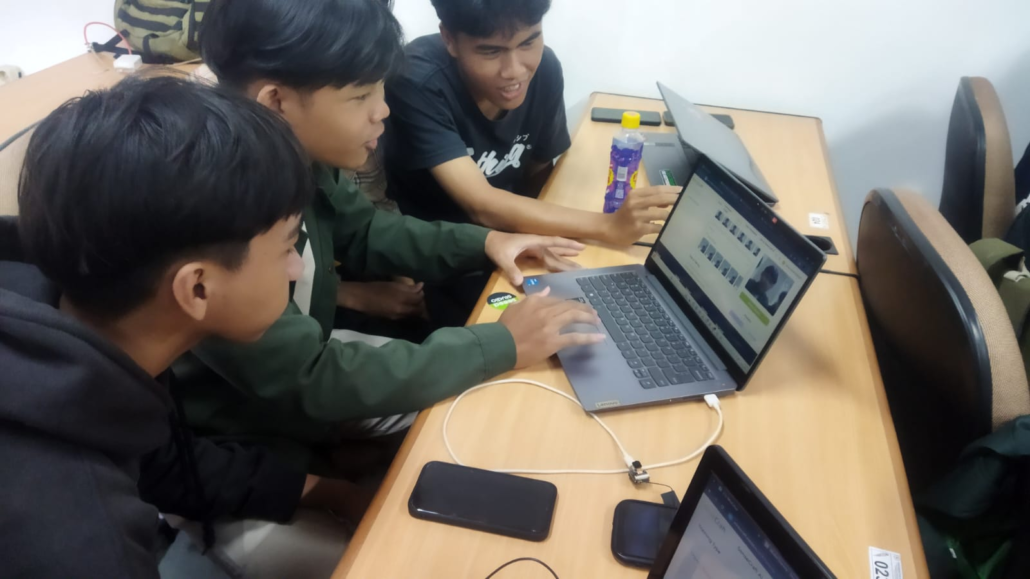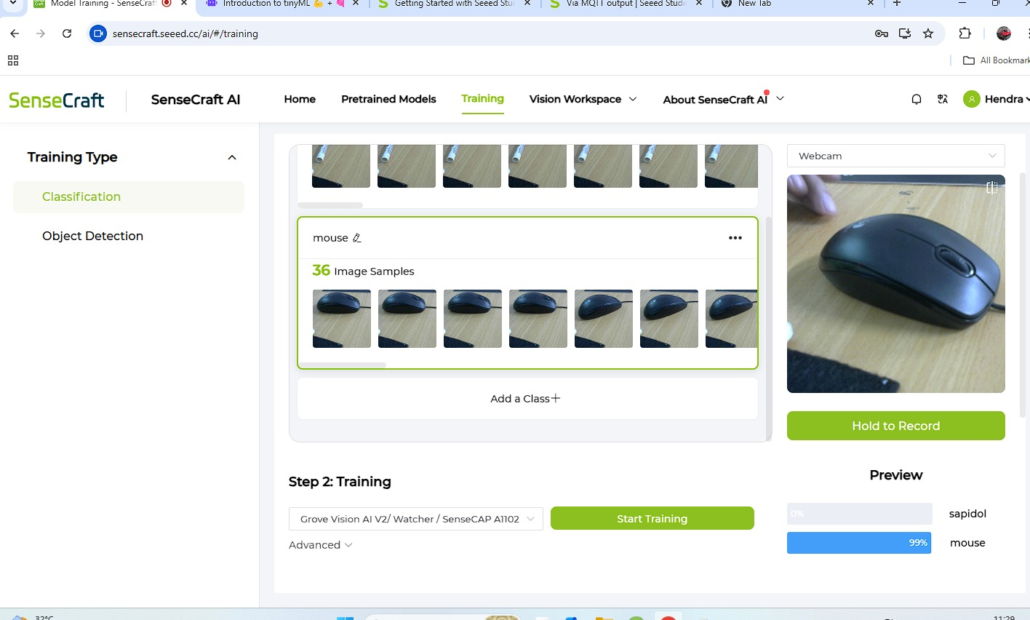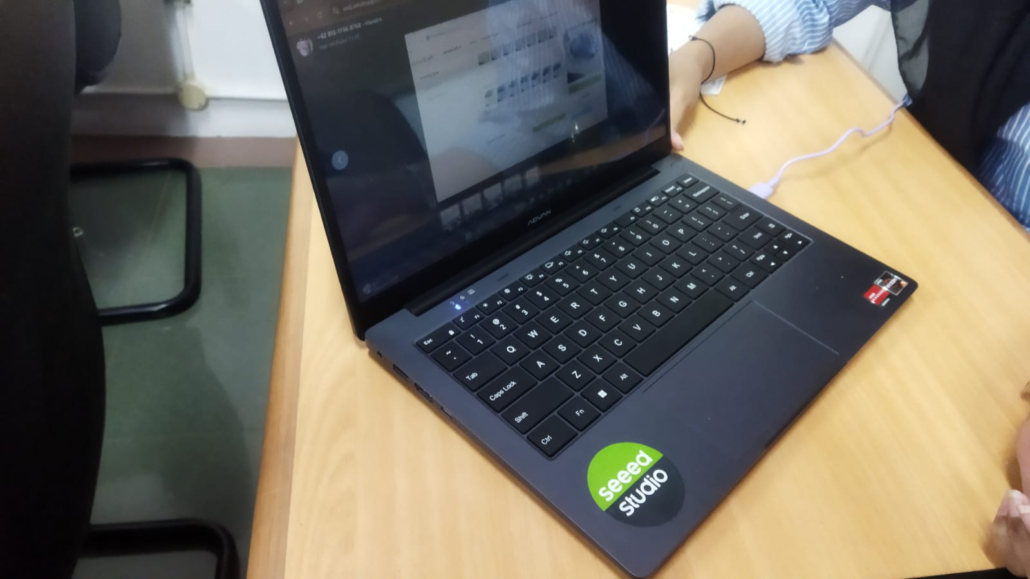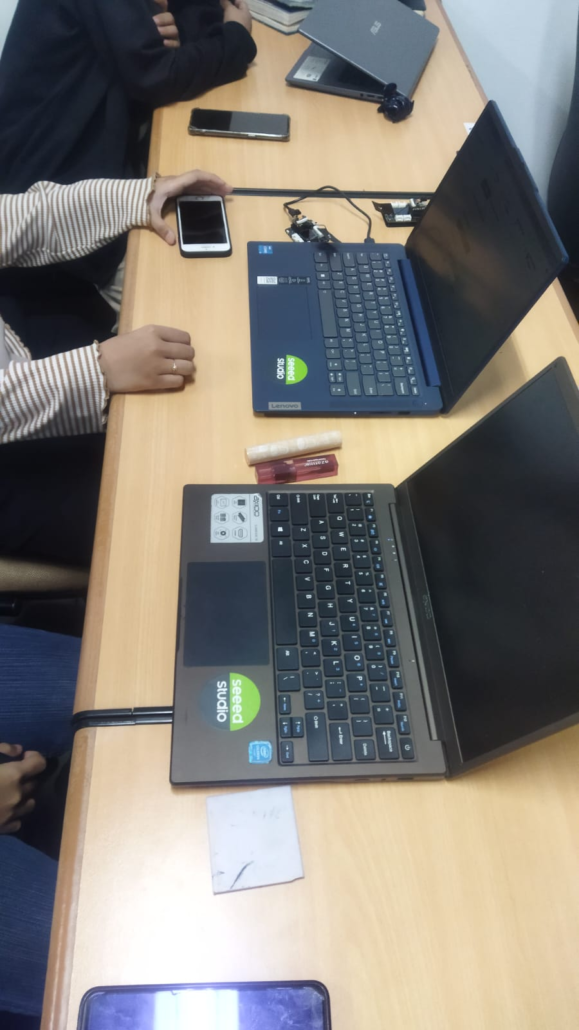During the last month we continued to fix bugs, improve the behaviour of things, and resolve performance issues - building on the other changes since our last release. We also added some new features which you can find out more about in this newsletter.
For an in depth overview of Tryton development you can take a look at our issue tracker and also see the issues and merge requests filtered by label.
Changes for the User
Sales, Purchases and Projects
It is common, for marketing purposes, to show the sale amount before the promotion and also the amount once the promotion has been applied. So we’ve now added the original amounts before the promotion.
We’ve strengthened the process of confirming sales with a payment and added a scheduled task to confirm sales based on payments.
Accounting, Invoicing and Payments
We now use the payment-element for Stripe checkouts.
To help users decide if they really want to overrule a credit limit, we now show the amount the credit limit has been exceeded by, the dunning level, the amount and the account code.
We’ve now added reporting with latest date and amount per statement journal.
The move description and description on the general ledger line have been merged together. As the move origin is a fall-back of the line origin, the description is now calculated as the move description.
Stock, Production and Shipments
Most of the time users are only interested by the storage, view and warehouse location types, so we filter out the other location types by default now.
User Interface
We’ve now added the relation to a foreign model for relational fields listed in Administration → Models → Models.
The search on model.fields.Char and model.fields.Text in the client will give different results when using Text: = or Text: ="" depending on whether the text is NULL or an empty string. So we now convert NULL values for Char and Text fields to an empty string when searching for Char or Text field values.
We now display the link symbol when hovering over a many2one or reference column in tree views.
We now prevent iOS input zooming in Sao.
The icons that we use are now more explicit:
System Data and Configuration
We updated the country subdivision types:
More
(click for more details)
We now support searching on subdivision codes when searching a pattern.
We’ve merged the Colombian Business Tax Number (co_rut) tax identifier into the Colombian Identity Code (co_nit).
We’ve also updated the tax identifiers:
More
(click for more details)
New Documentation
The contents of the Migration Topic have been moved into the Migration section of the Tryton documentation.
New Releases
We released bug fixes for the currently maintained long term support series
7.0 and 6.0, and for the penultimate series 7.4 and 7.2.
Security
We enforce the record rules for resources now like we did with model access rules.
We now also use the party access rules for address, contact mechanism and identifier.
Changes for the System Administrator
We now log the request-duration at the wsgi-app-level instead of the with_pool level to get more accurate timings.
Changes for Implementers and Developers
We now test that the on_change_with getter has the same name as the Function-field using it.
Updating XML-records which could be modified manually by the users is a complex task. In general the process works automatically, but sometimes the user has to manually check and decide whether to synchronize the model data from the menu entry Administration → Models → Data.
As we no longer import data like countries or currencies from the XML files, the whole mechanism is no longer necessary.
So we now, in general, forbid the manual modification of XML introduced data and always synchronise the XML-data with the database, even if it was modified. The only exception to this is if the noupdate flag is set on the XML data, in this case we just apply the XML-data once when the module is activated and leave the maintenance of that data to the users.
We now propagate notifications to the parent group on screens without an info bar, like a One2Many with an editable list.
Also we now call on_change_notify for fields updated by on_change and on_change_with methods.
We now support object-instances in addition to object-ids as default values.
We’ve added the metadata columns, by default, to ModelSQL based on table queries:
More
(click for more details)
The data is now included as part of the ir.model.Report header key.
We now test that ids are of the right type when instantiating ModelStorage.
We now validate integer digits when they are not None.
We support EXTRACT from INTERVAL in the SQLite backend to be able to extract epoch durations.
Both msg_gettext and msg_ngettext have been added to the Report context.
Authors: @dave @pokoli @udono
2 posts - 2 participants
Read full topic
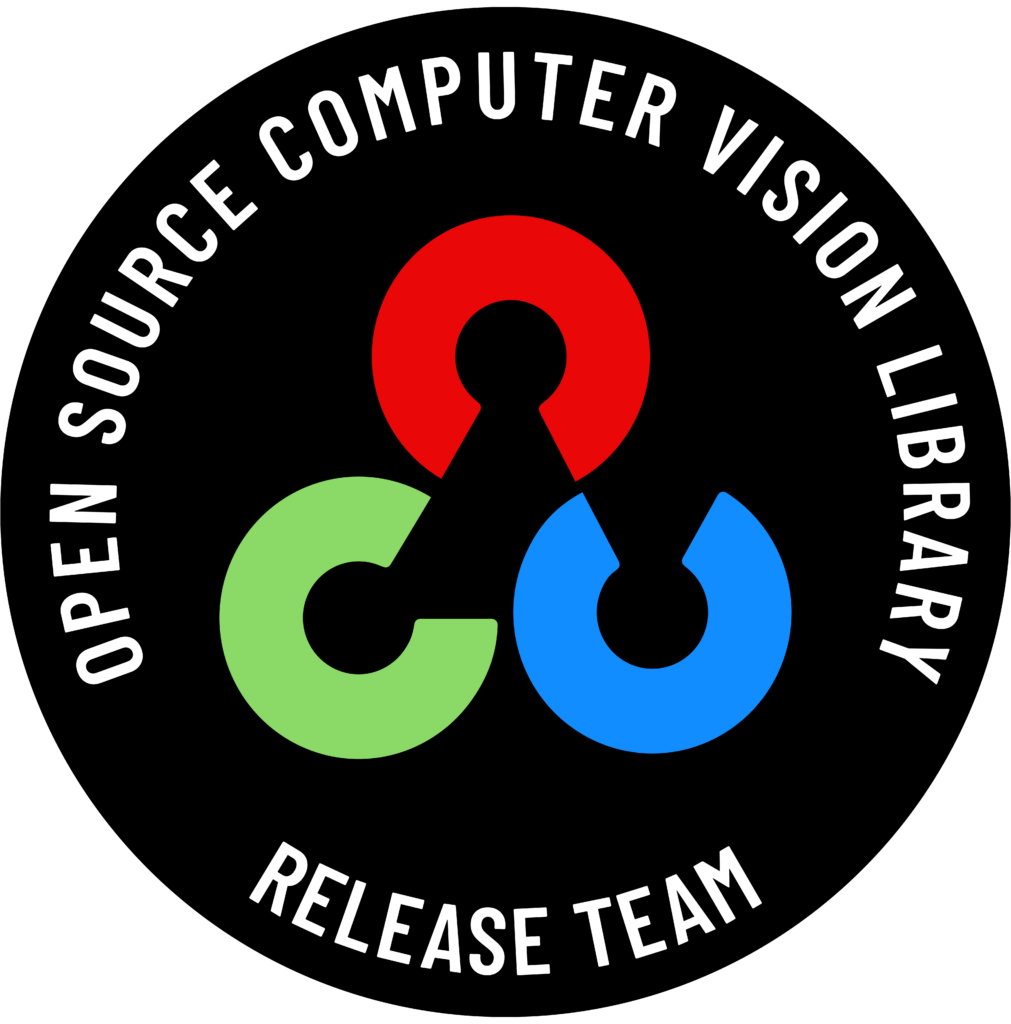
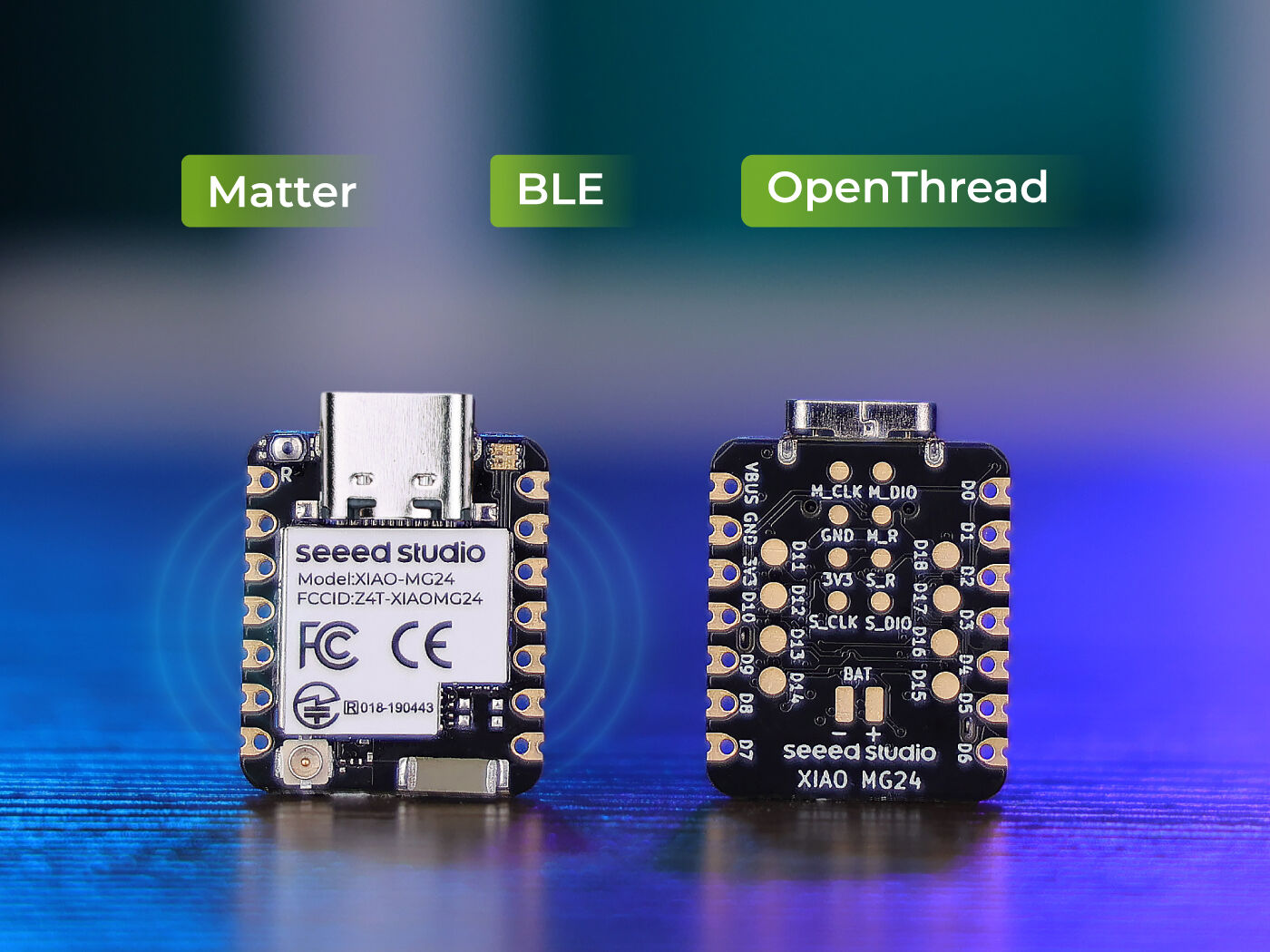
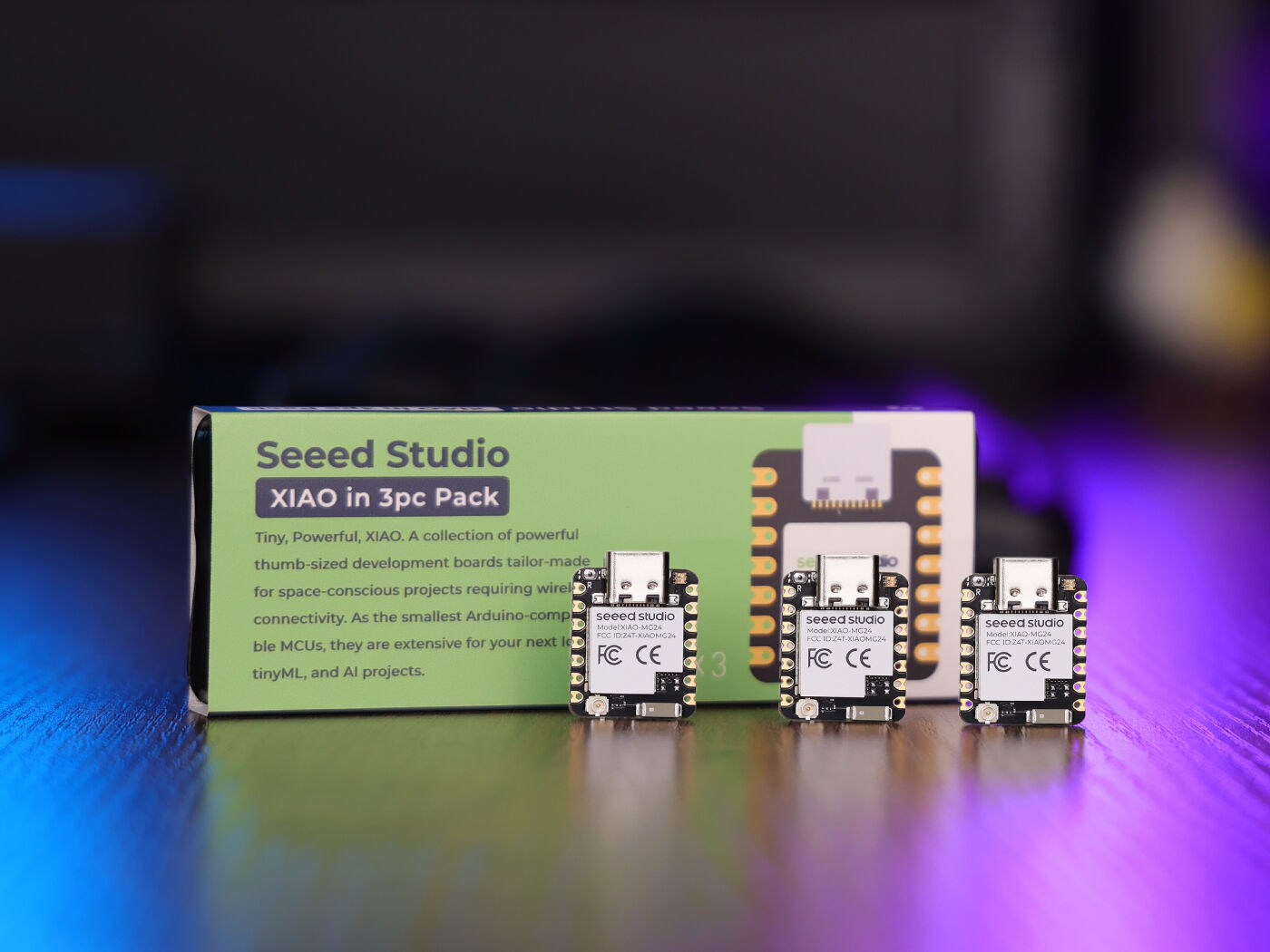
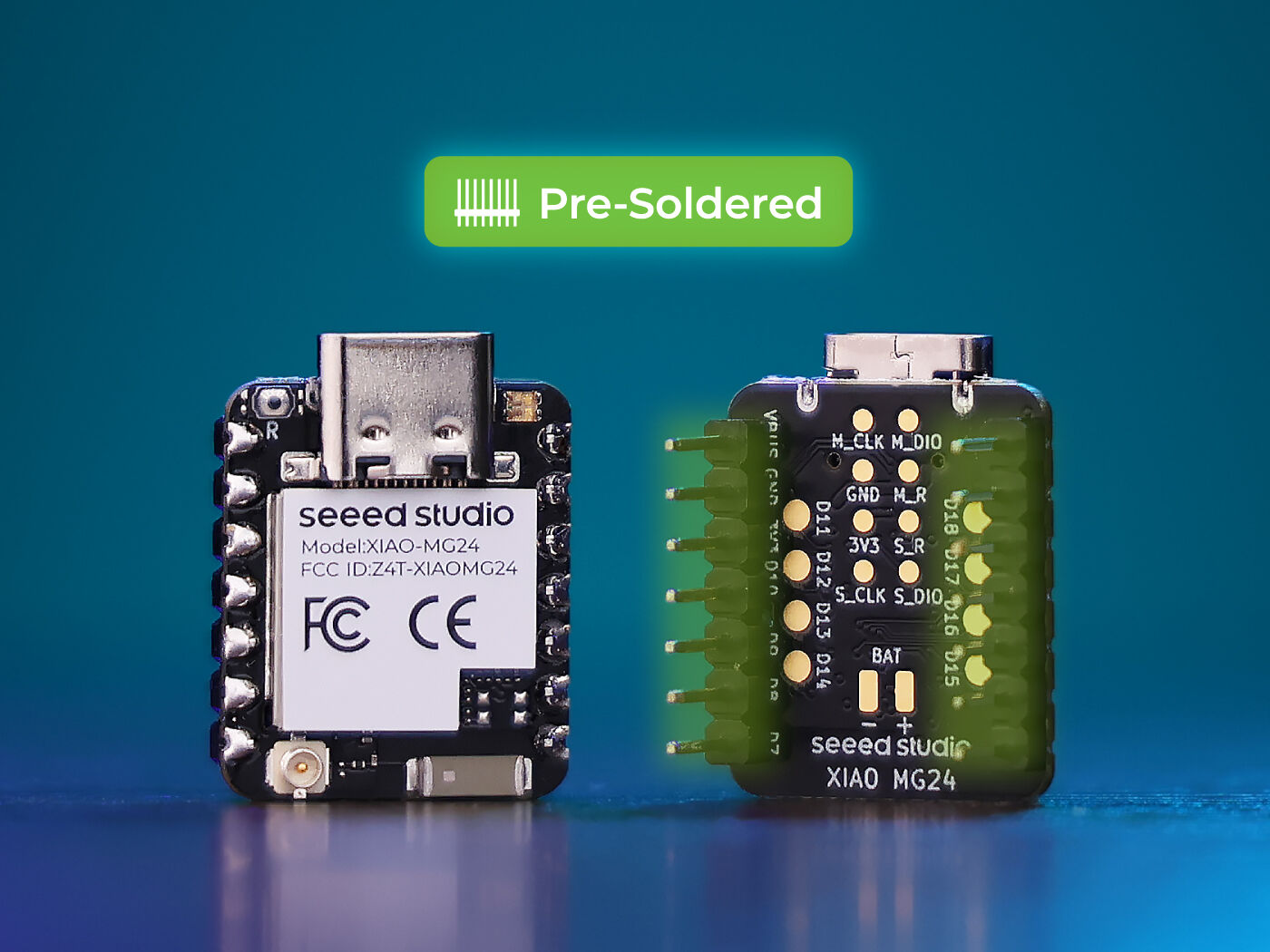

 Cool Projects from the Community to get inspiration and tutorials
Cool Projects from the Community to get inspiration and tutorials Product Updates: firmware update, new product spoiler
Product Updates: firmware update, new product spoiler Wiki Updates: new wikis + wiki contribution
Wiki Updates: new wikis + wiki contribution News: events, contests, and other community stuff
News: events, contests, and other community stuff to subscribe now!
to subscribe now!
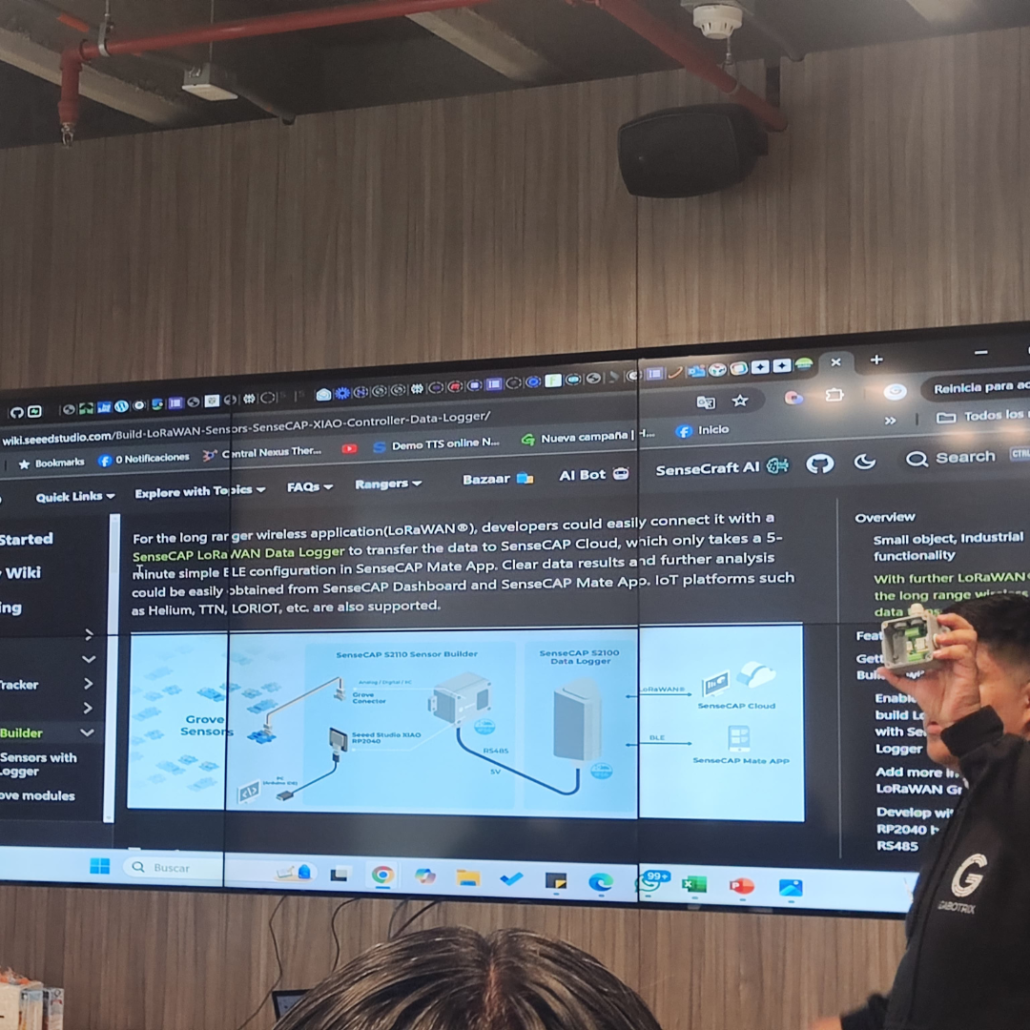
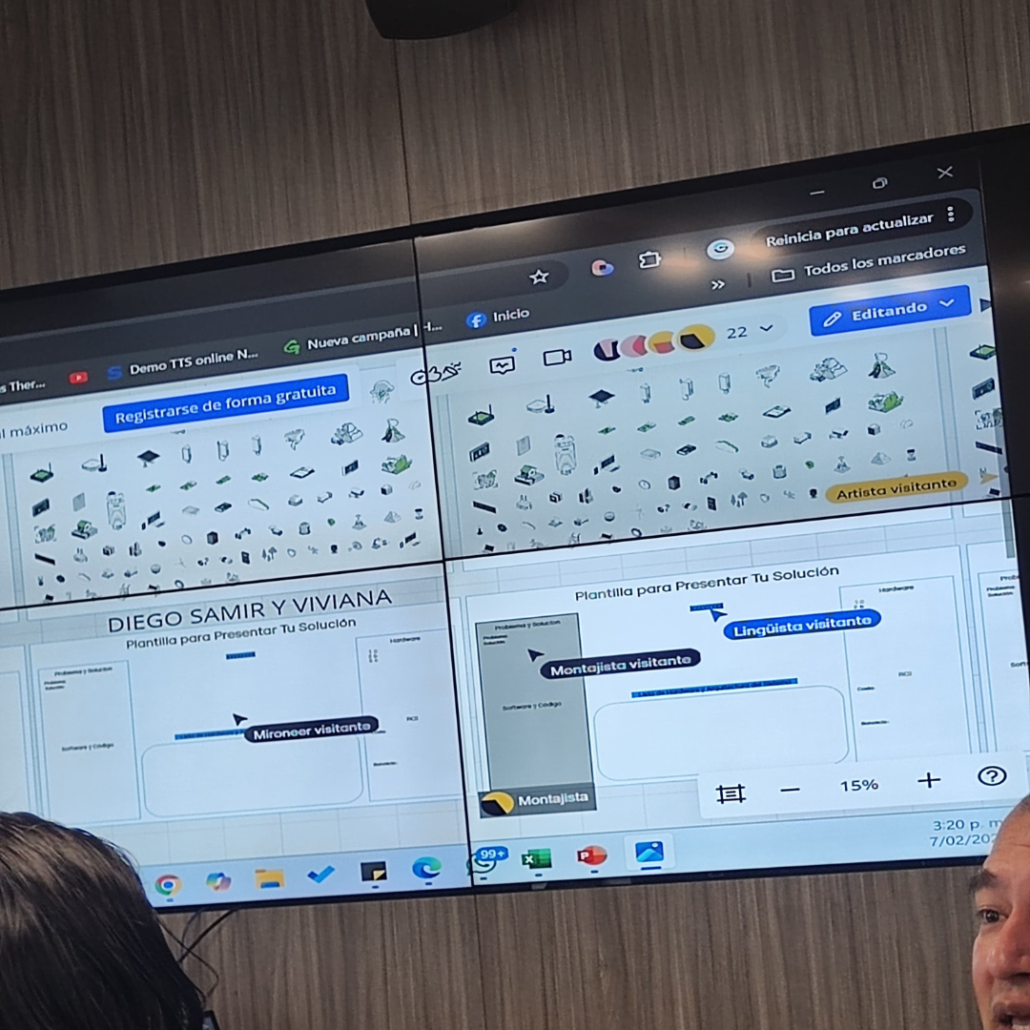
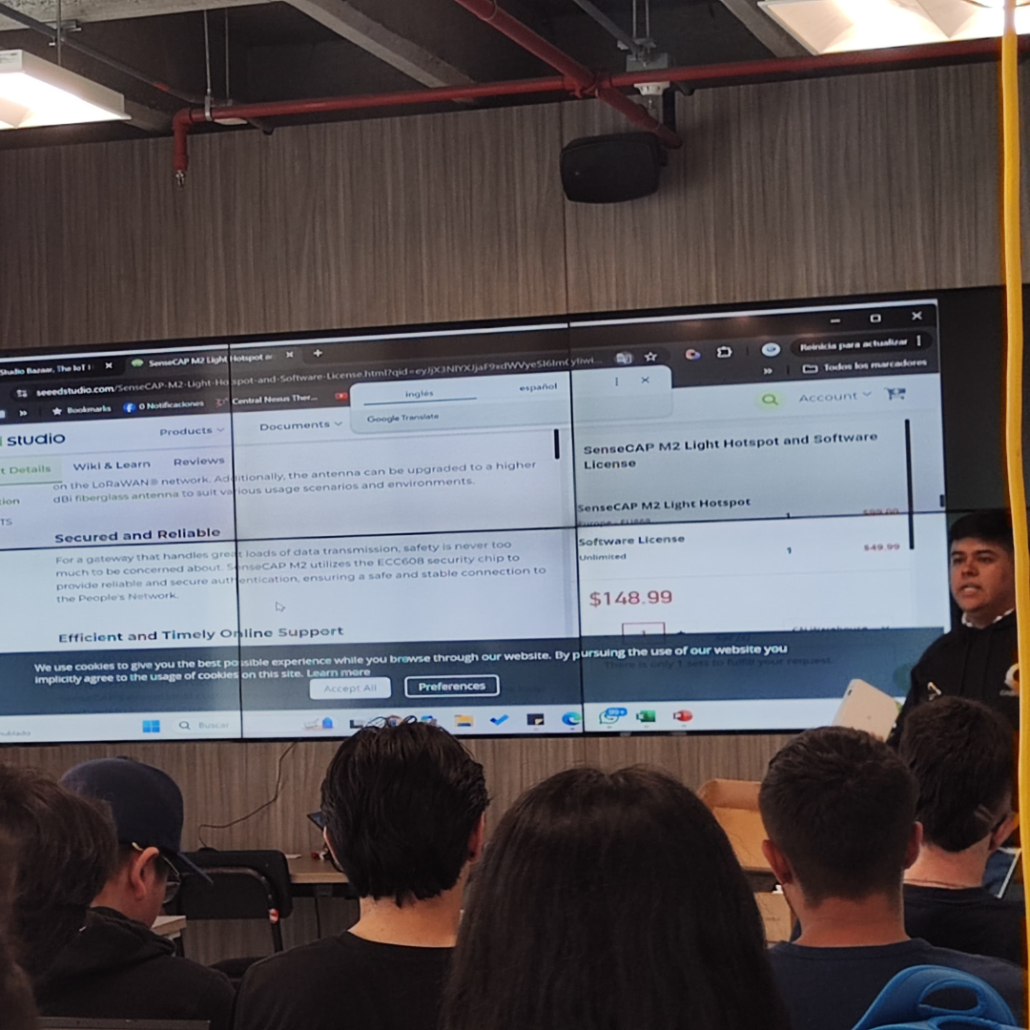
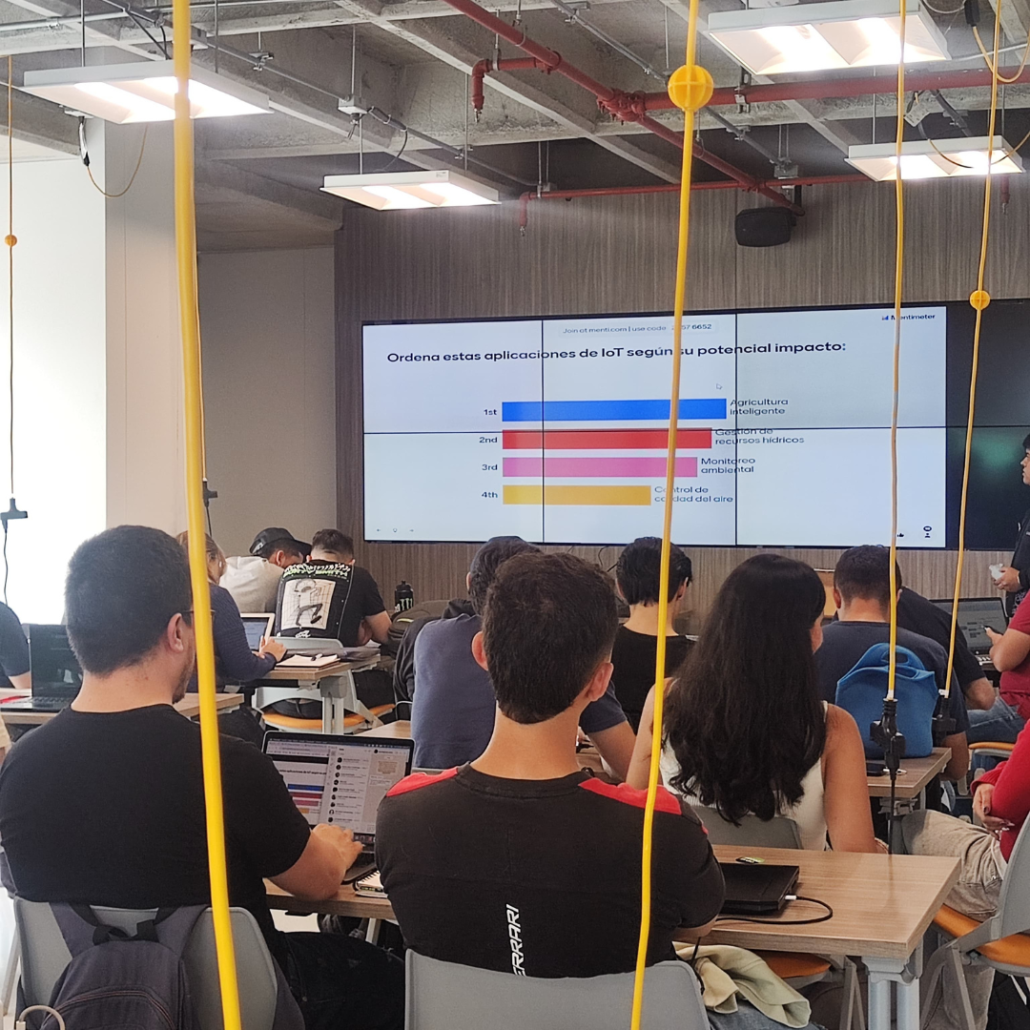
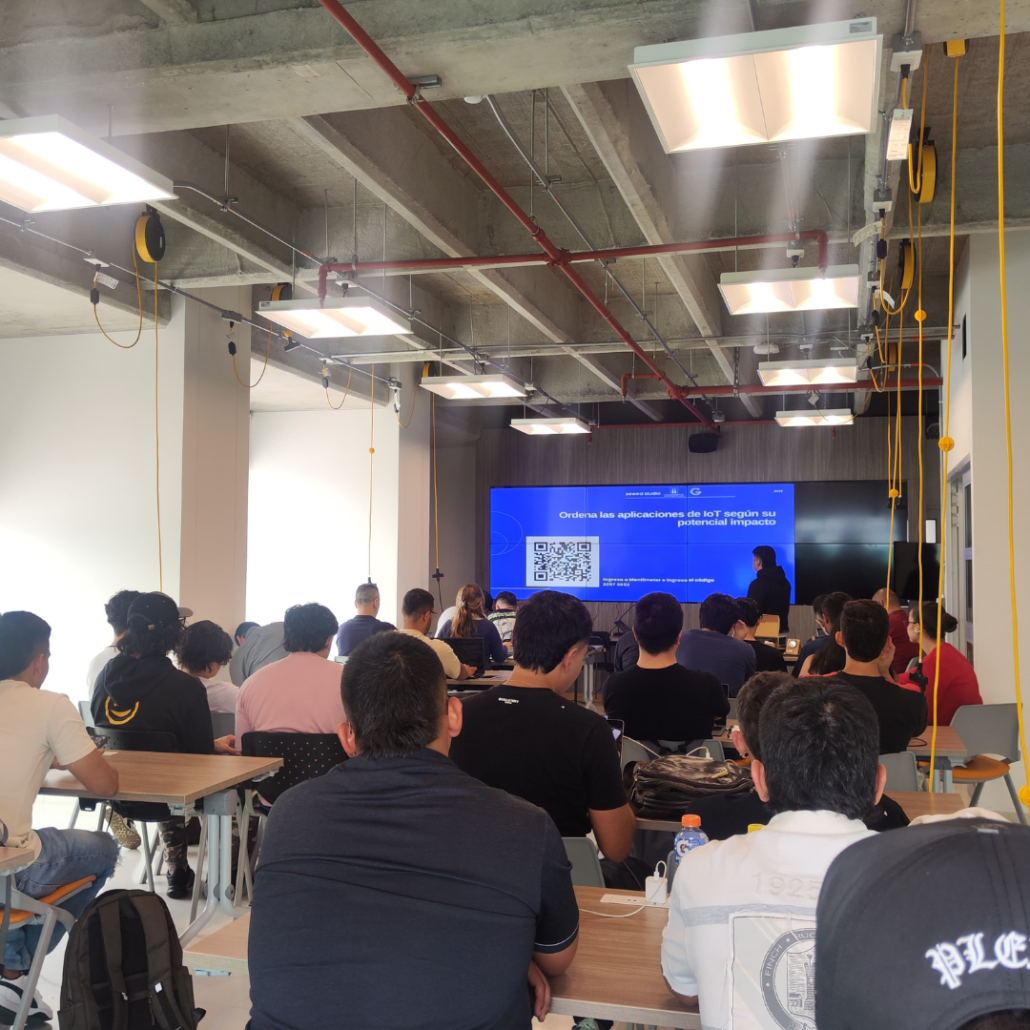
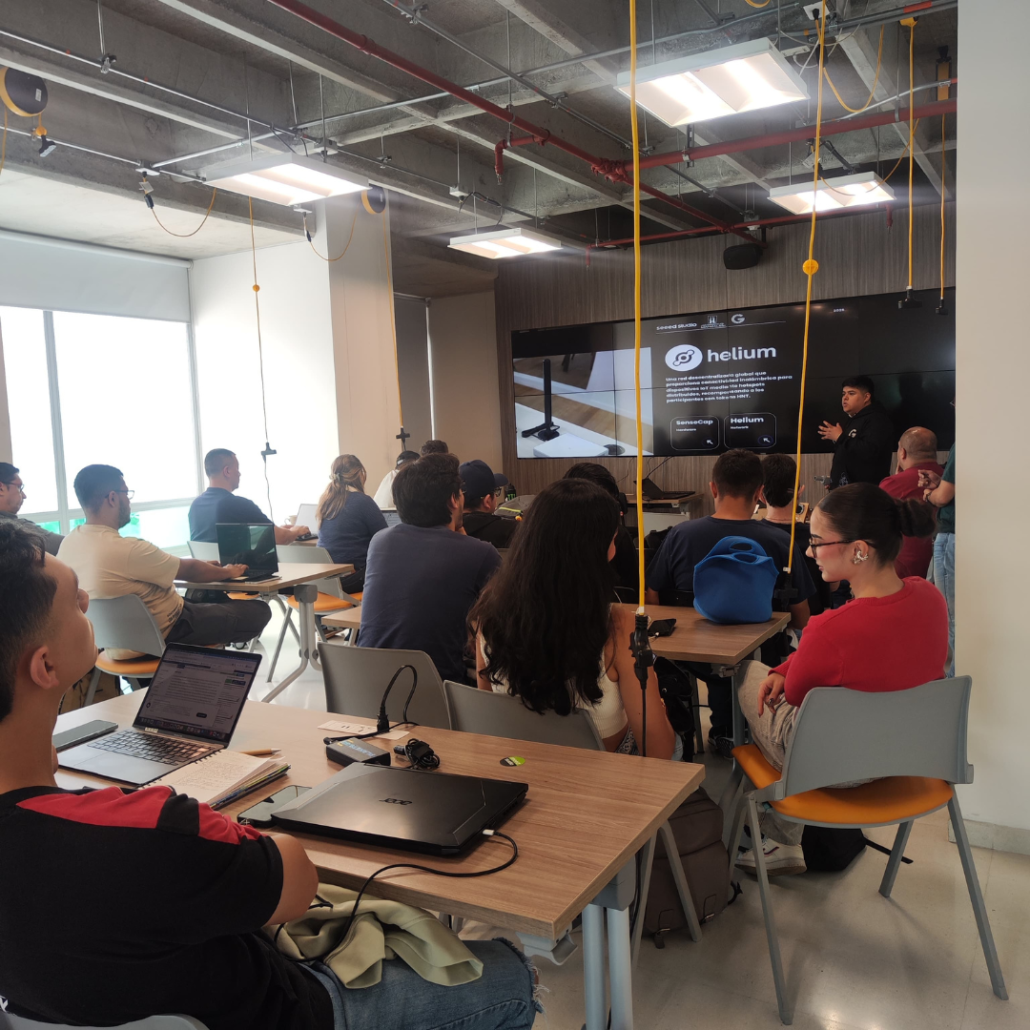
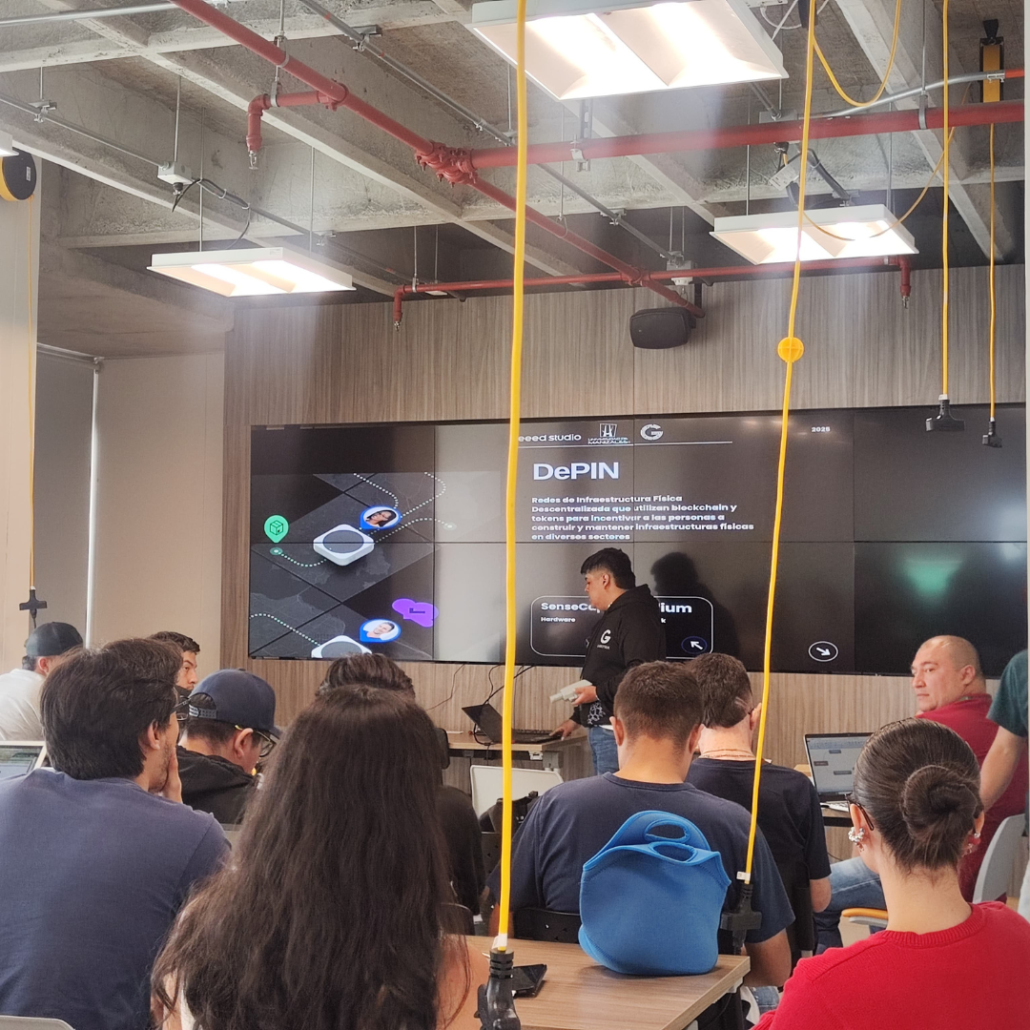
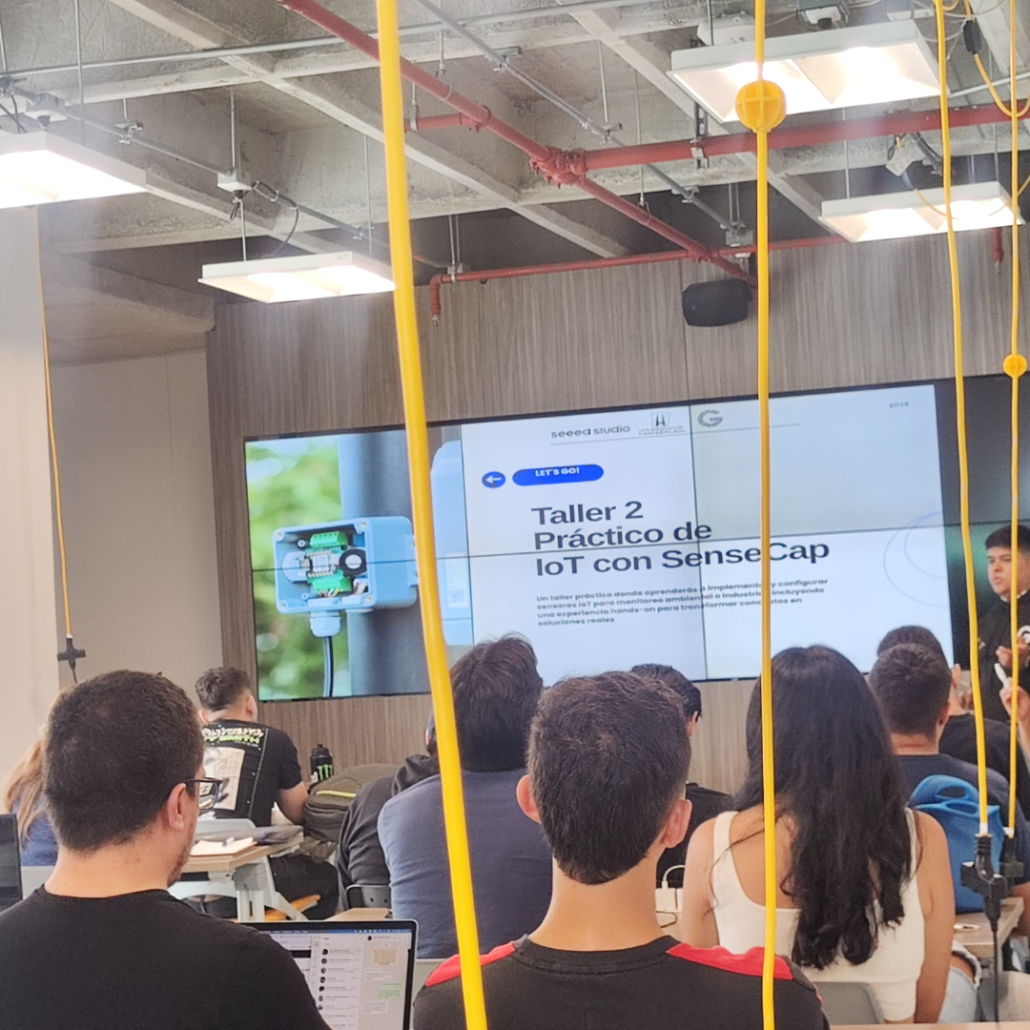
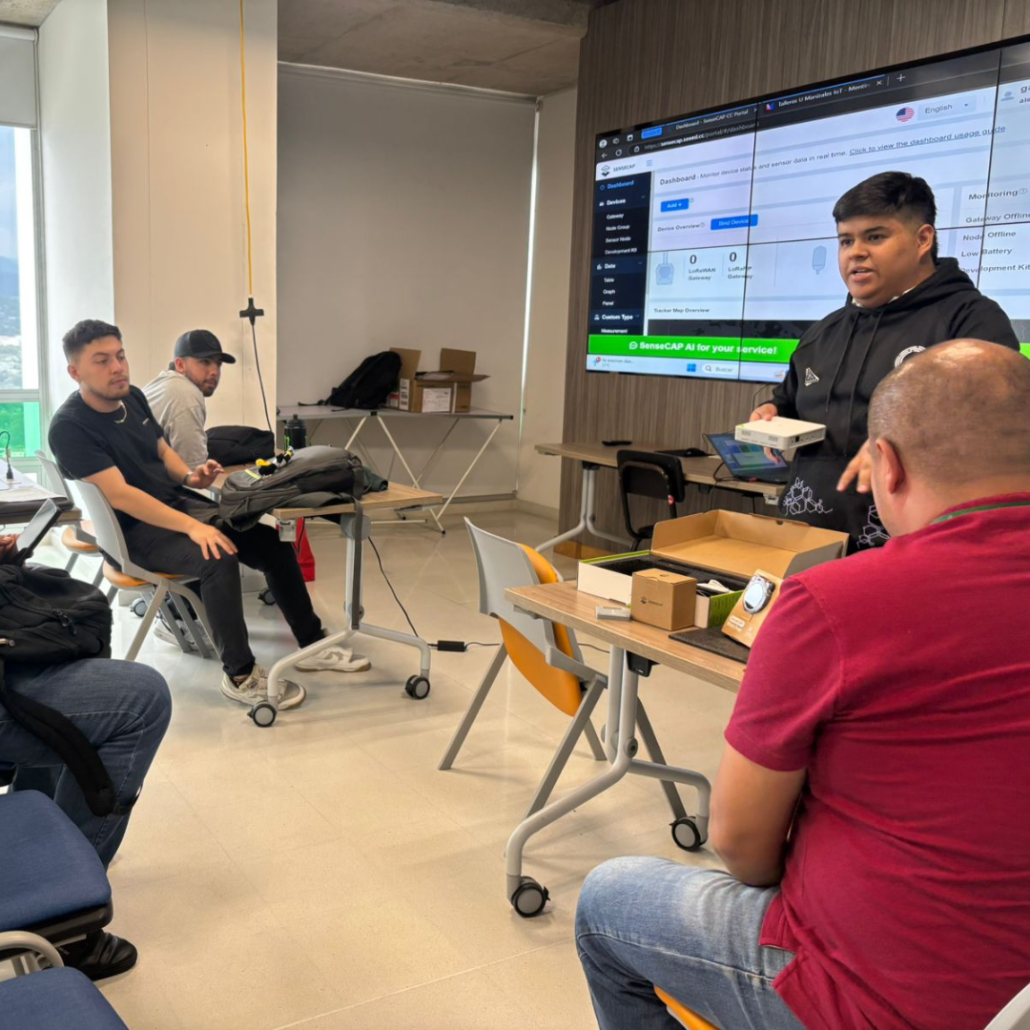
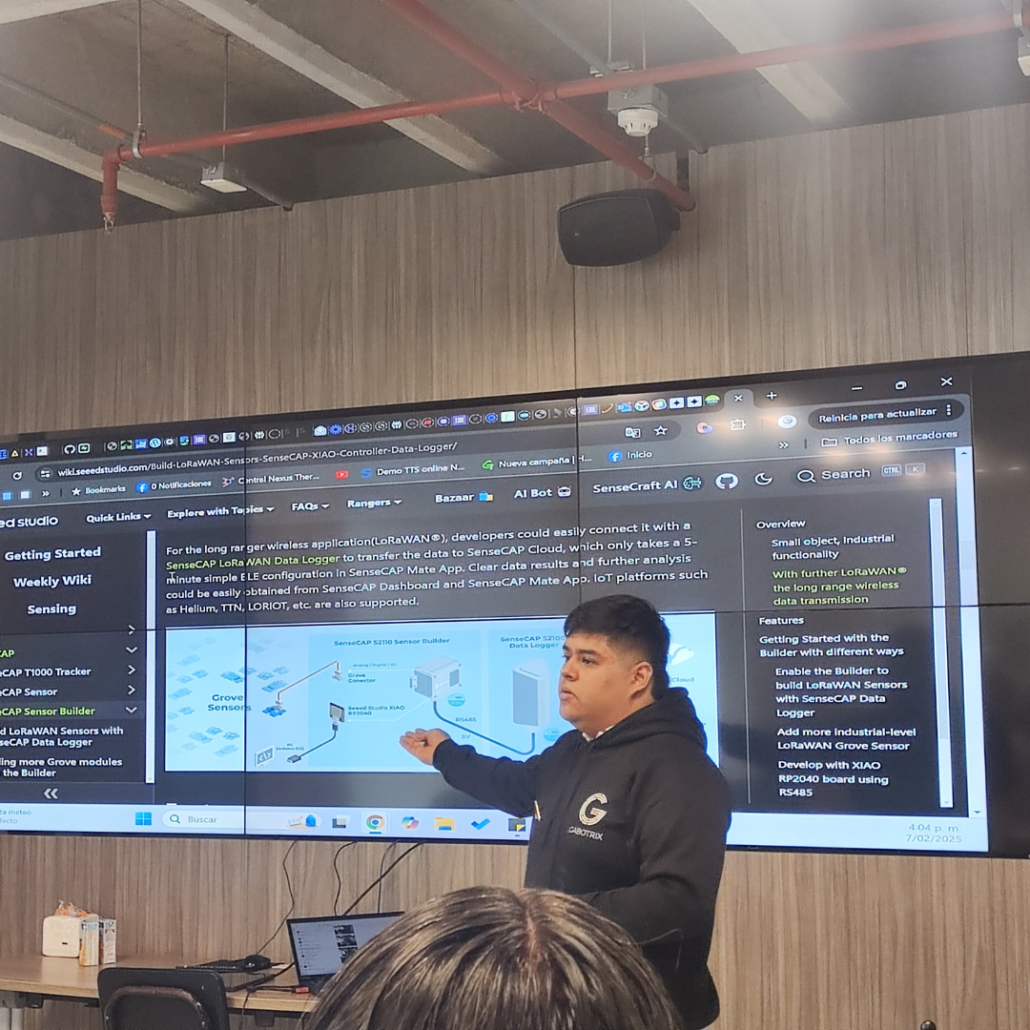
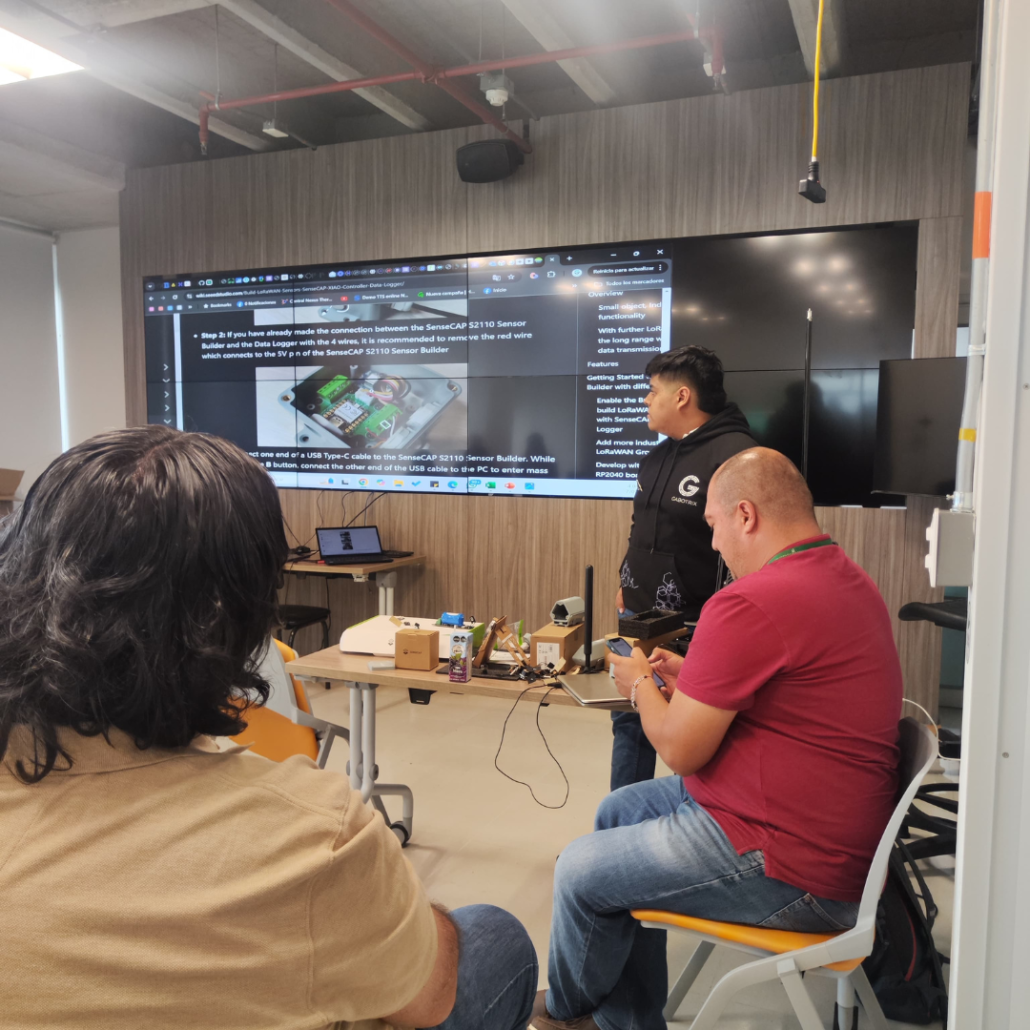
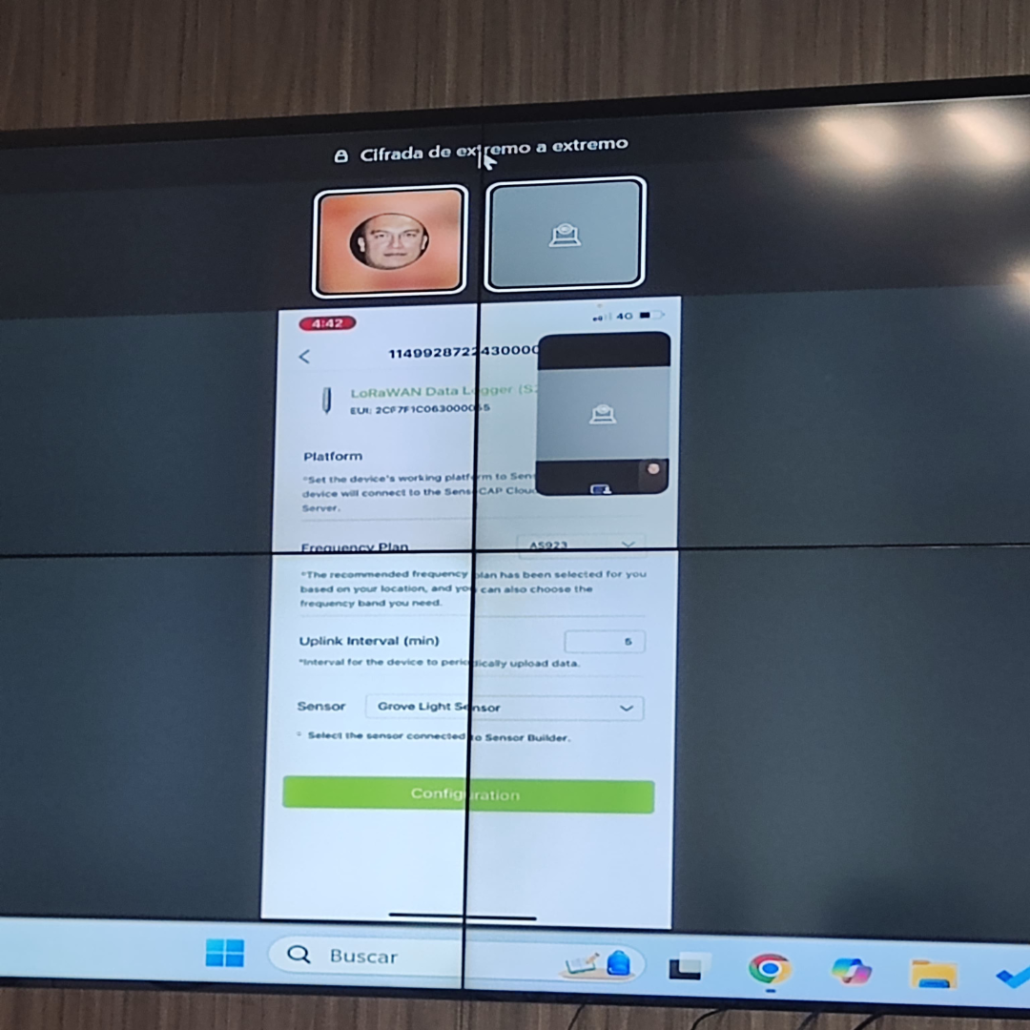
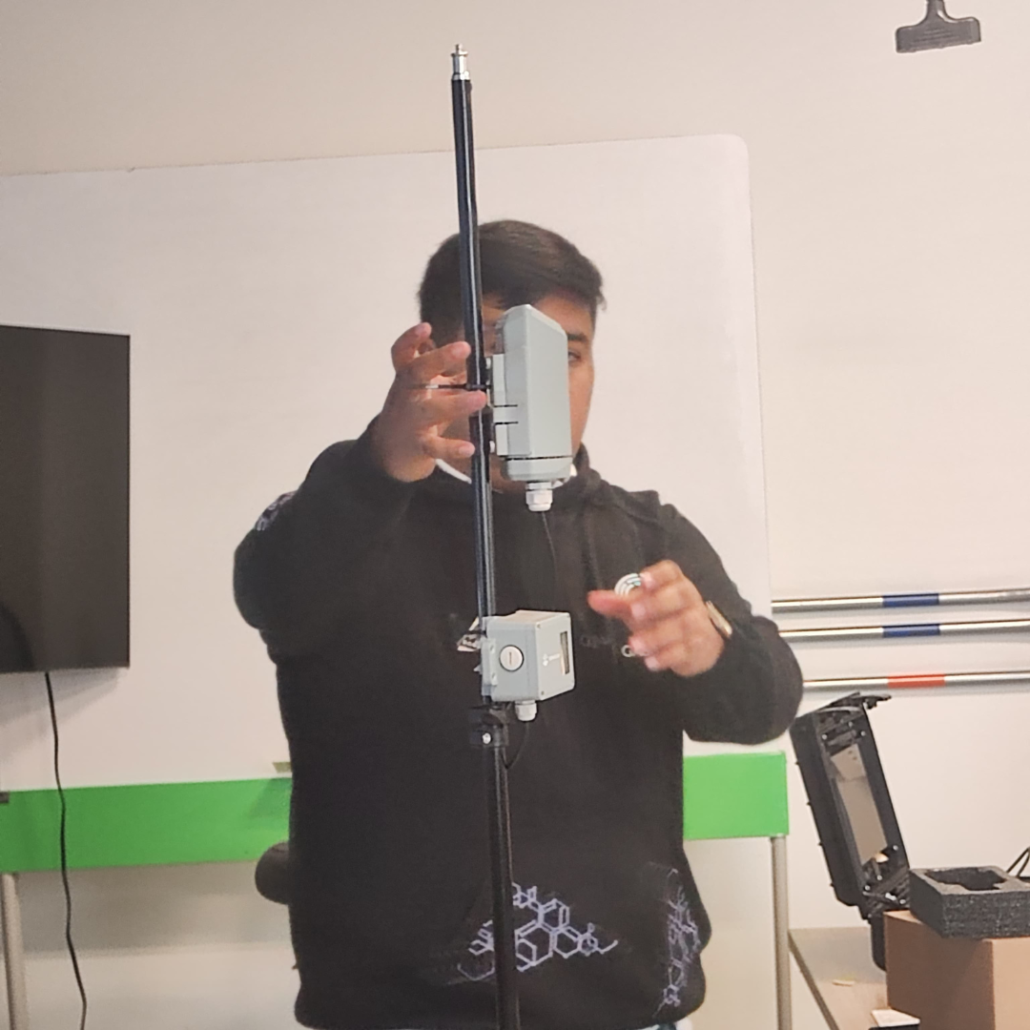
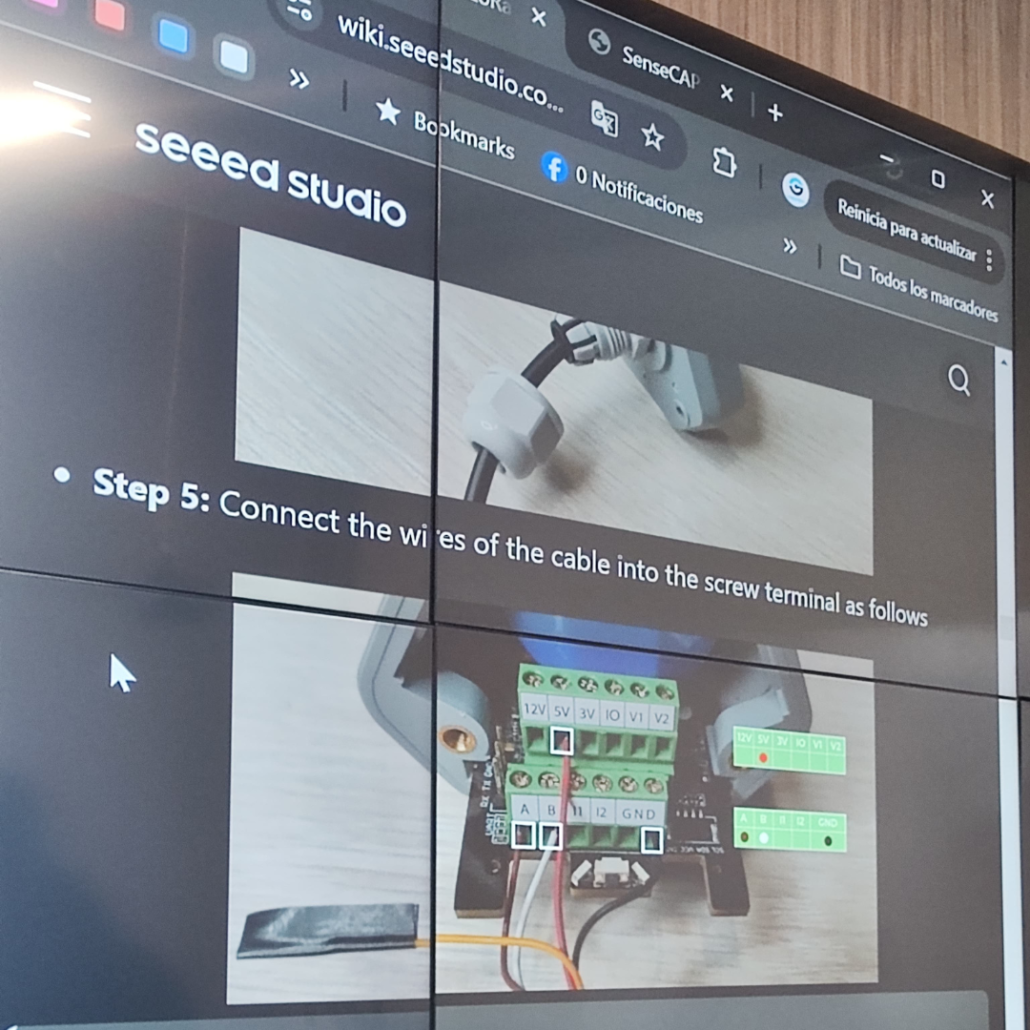
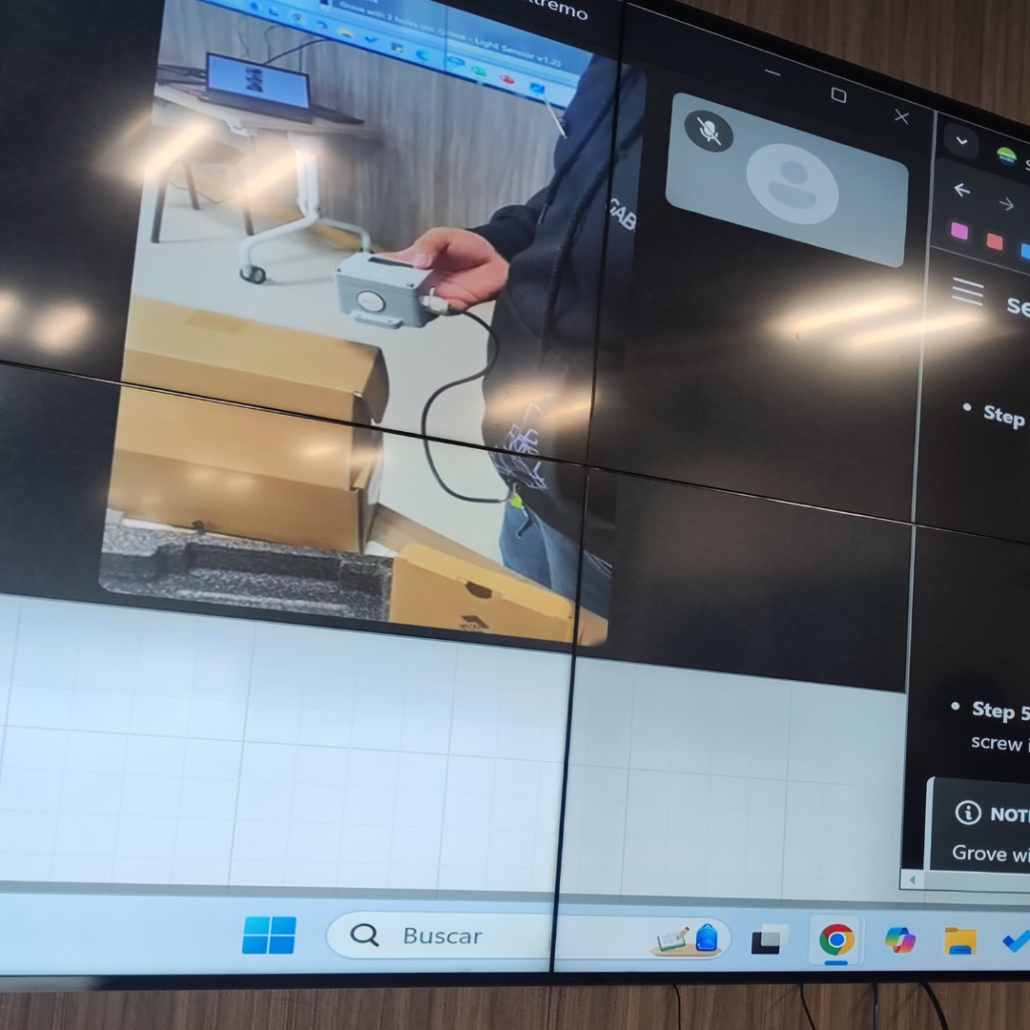
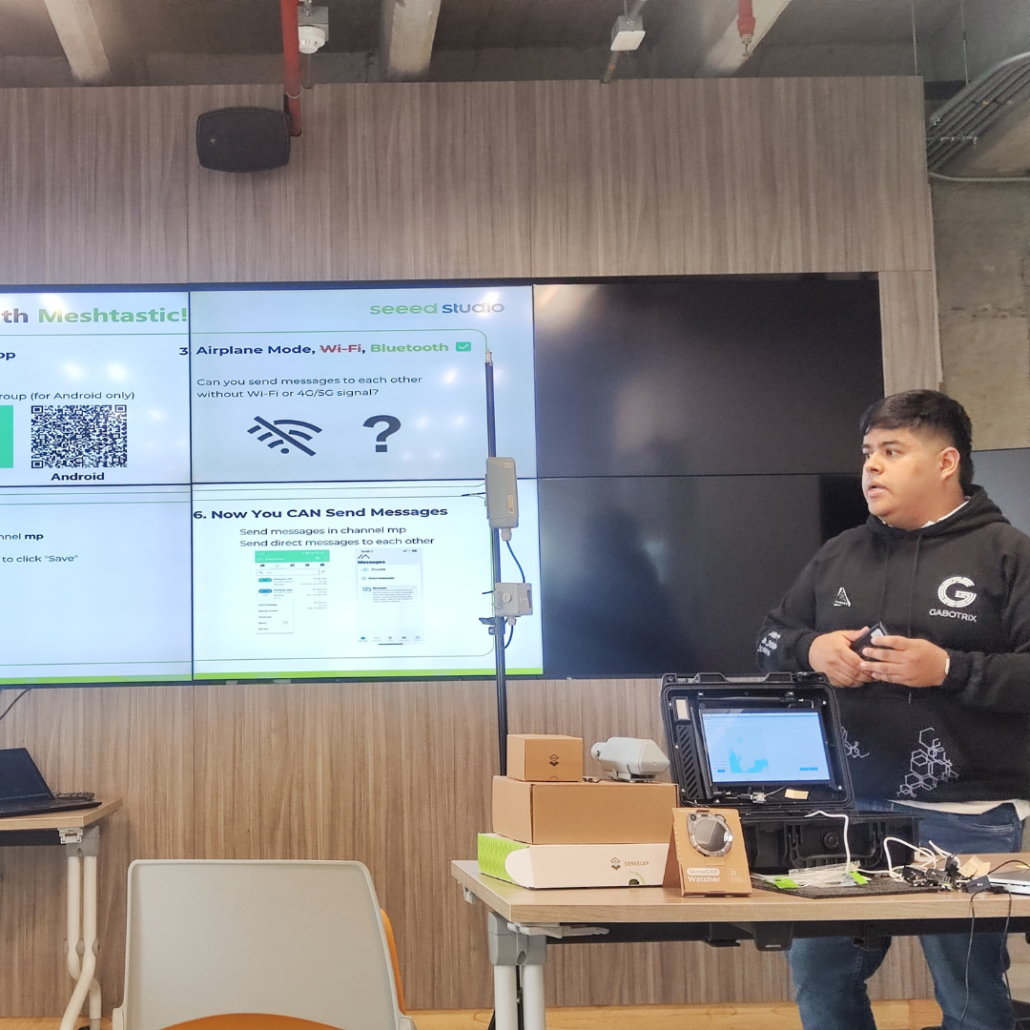
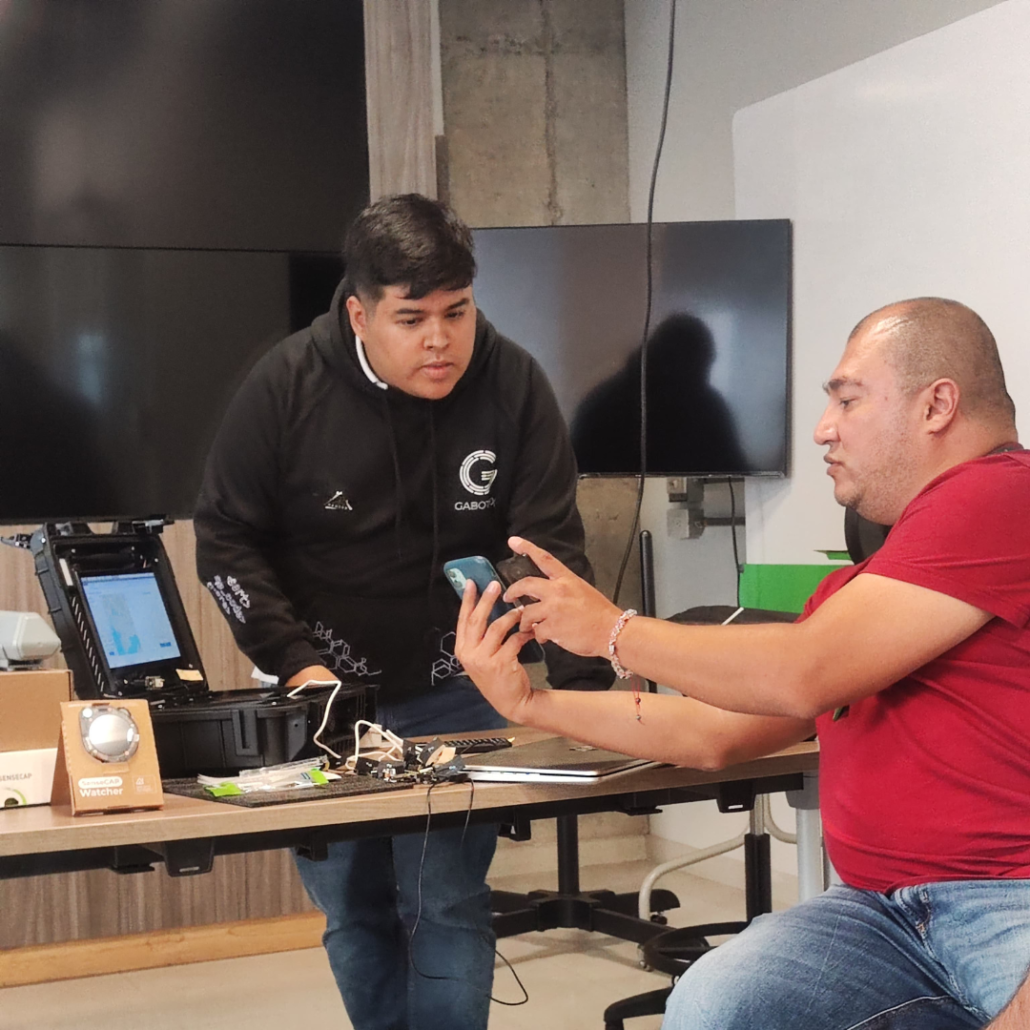
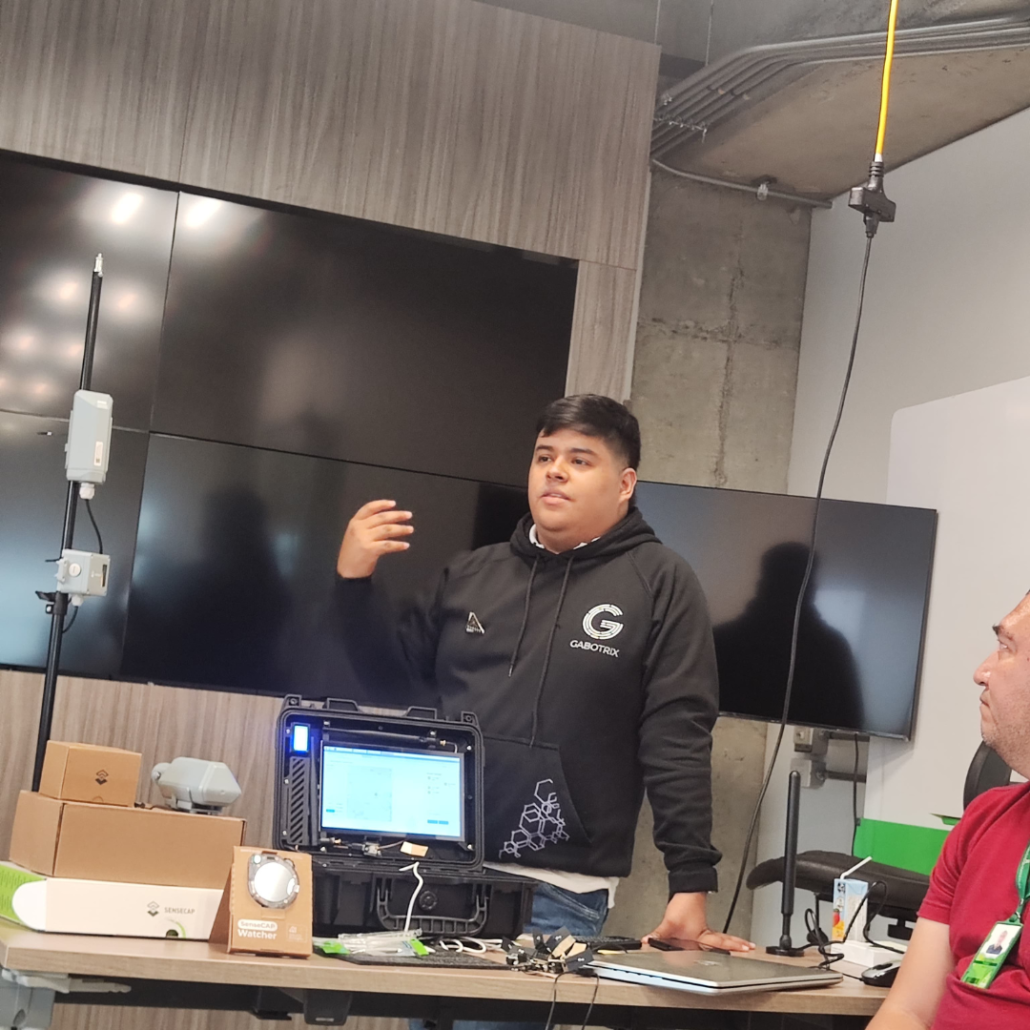
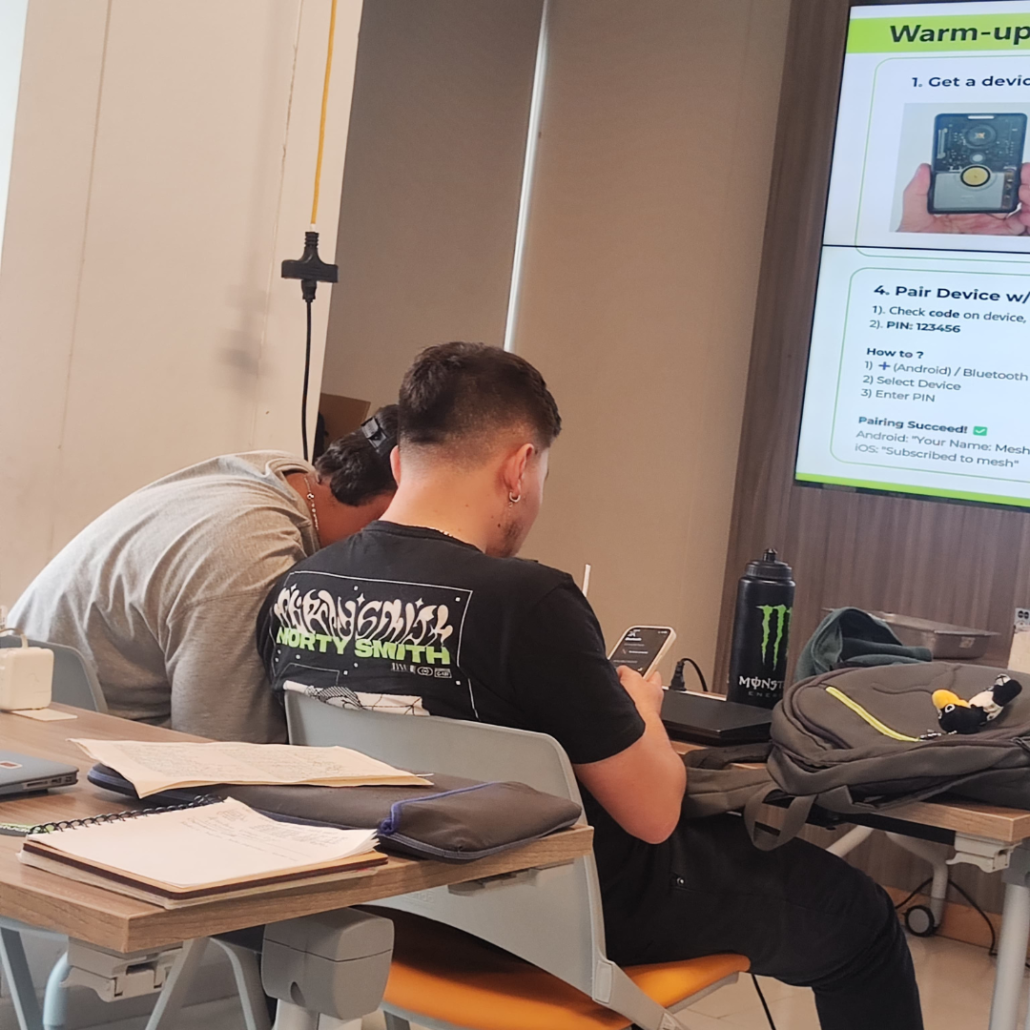
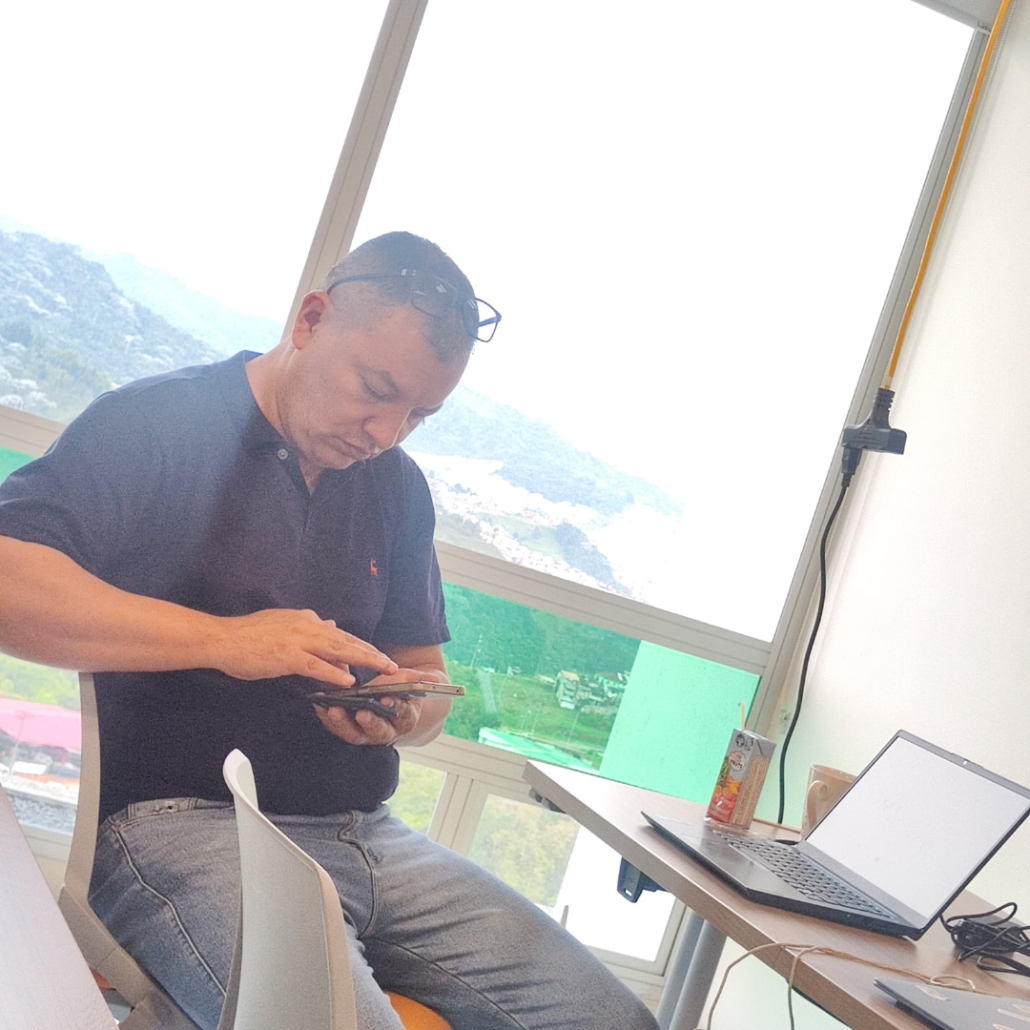
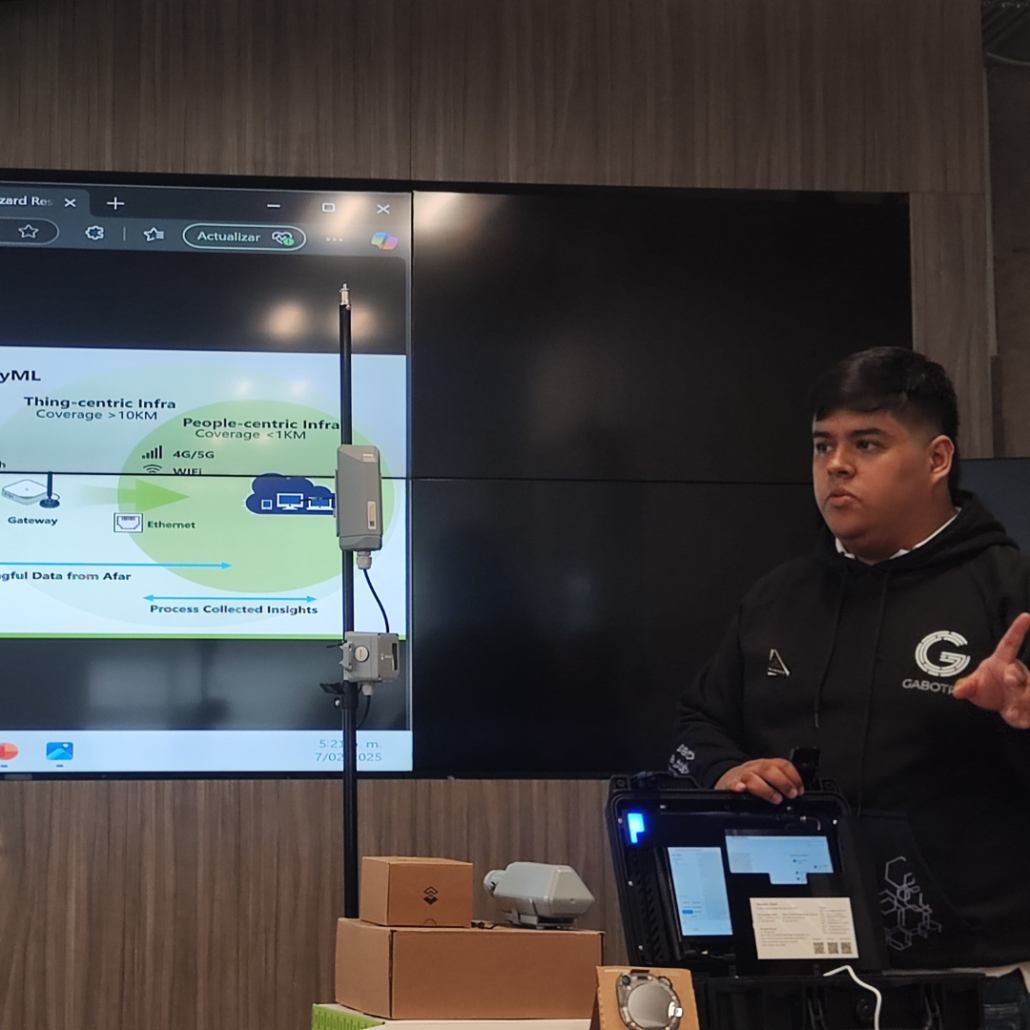
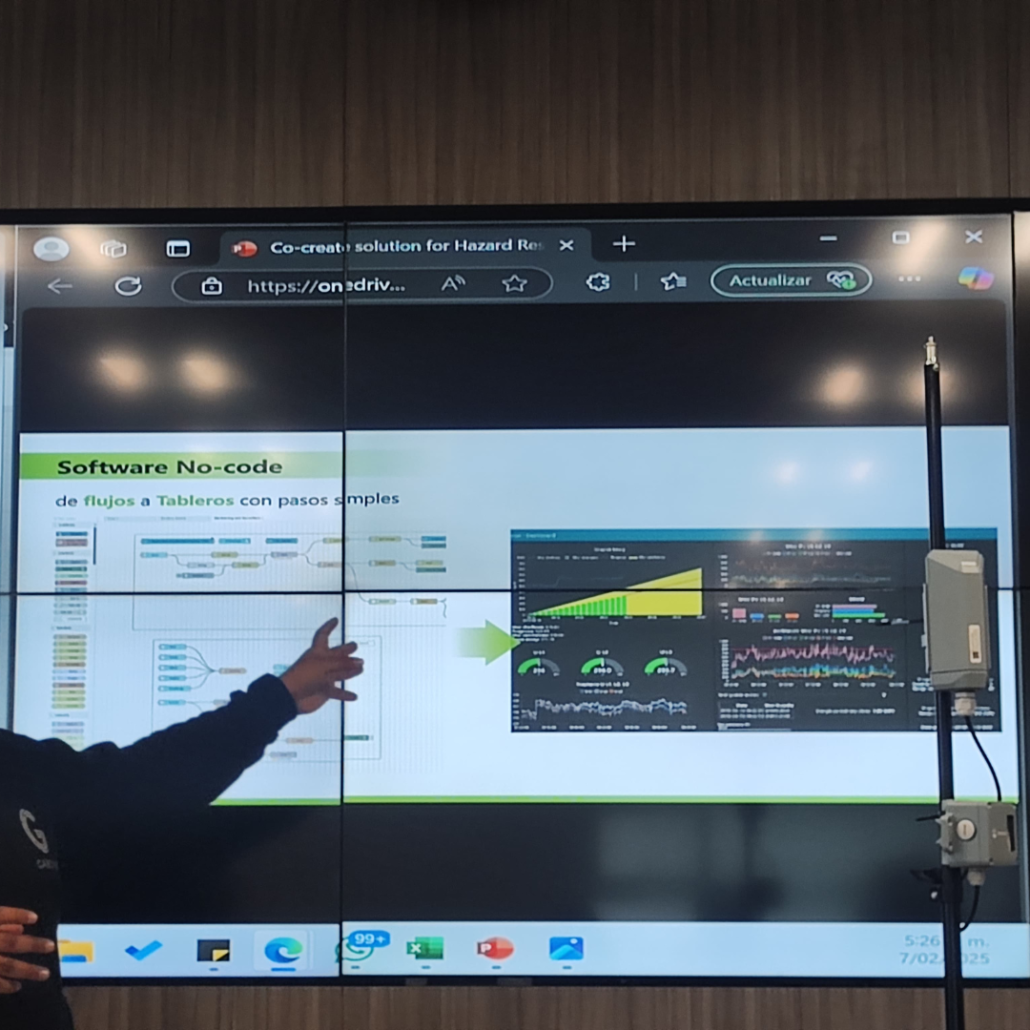
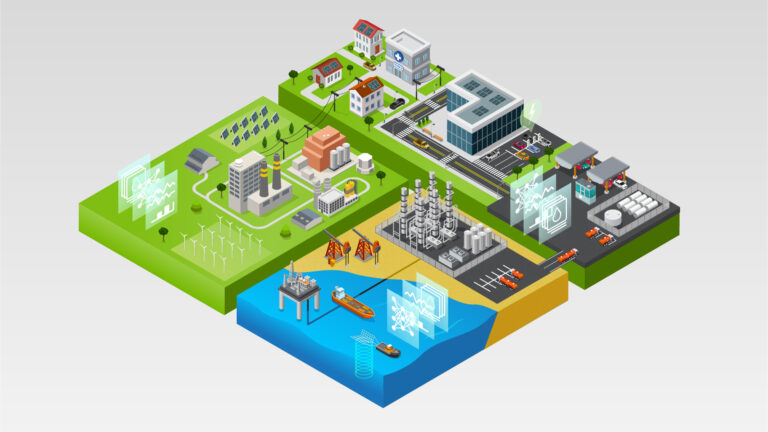 Learn from energy leaders using HPC and AI to boost exploration, production, and fuel delivery, while enhancing power grid reliability and resiliency.
Learn from energy leaders using HPC and AI to boost exploration, production, and fuel delivery, while enhancing power grid reliability and resiliency. I. In-depth Feature & Tech Exploration
I. In-depth Feature & Tech Exploration

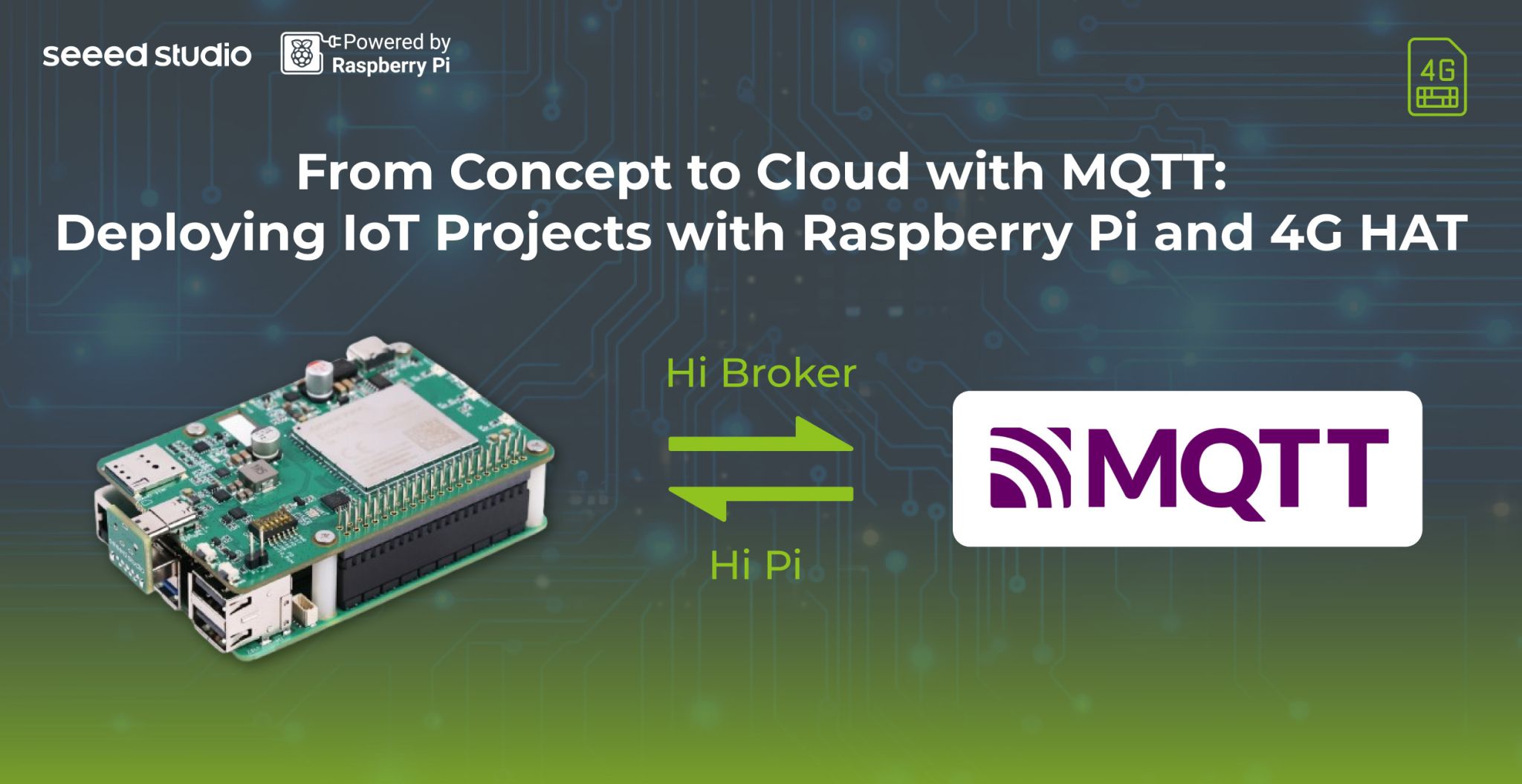


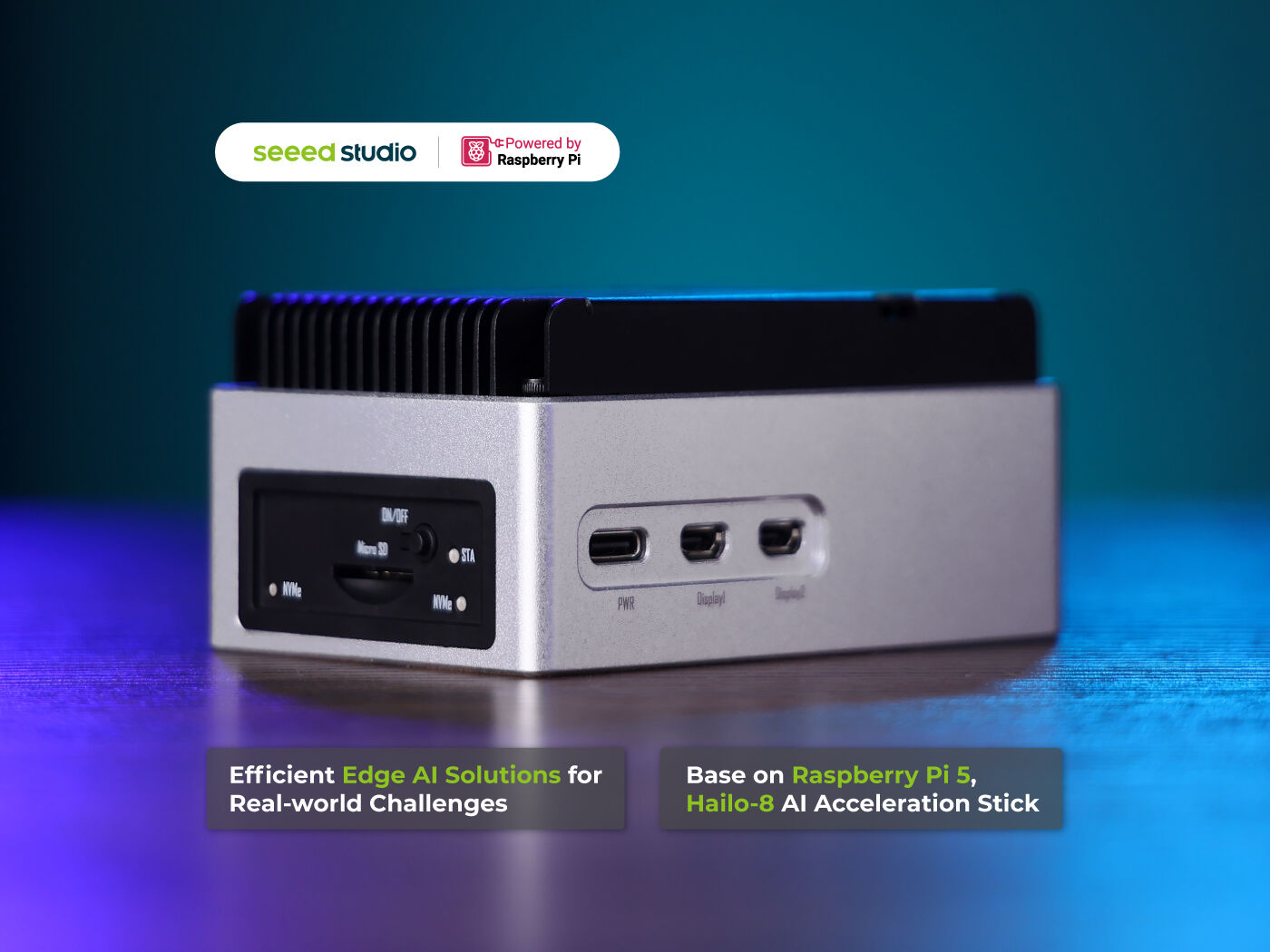
 II. Weekly Livestream: Making Next Gadget
II. Weekly Livestream: Making Next Gadget

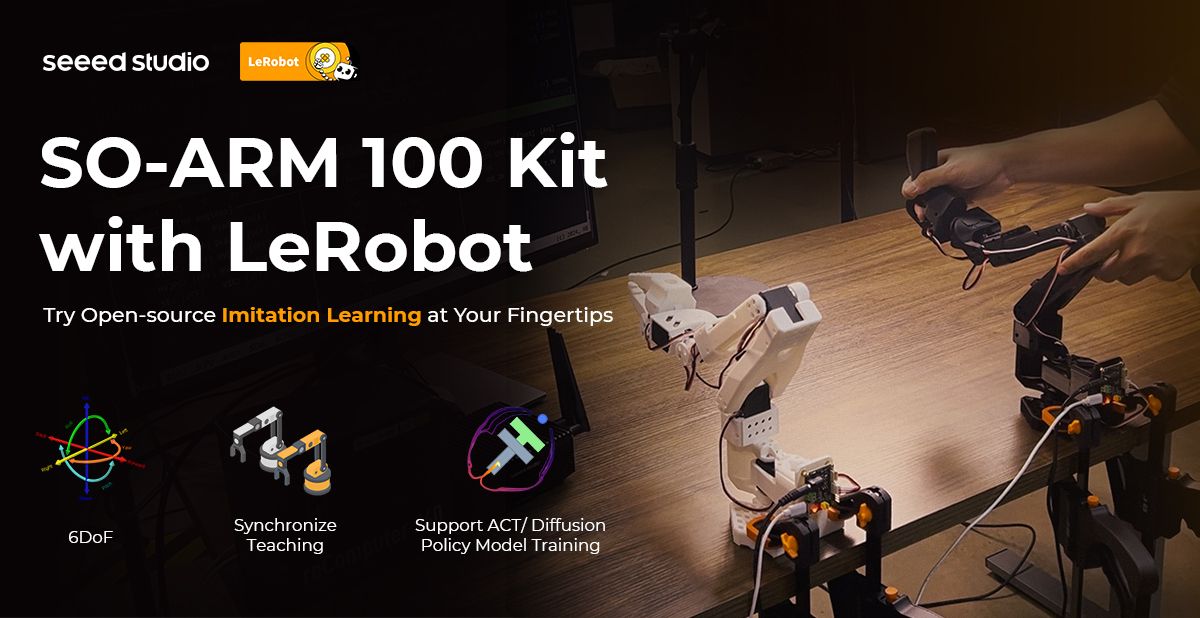


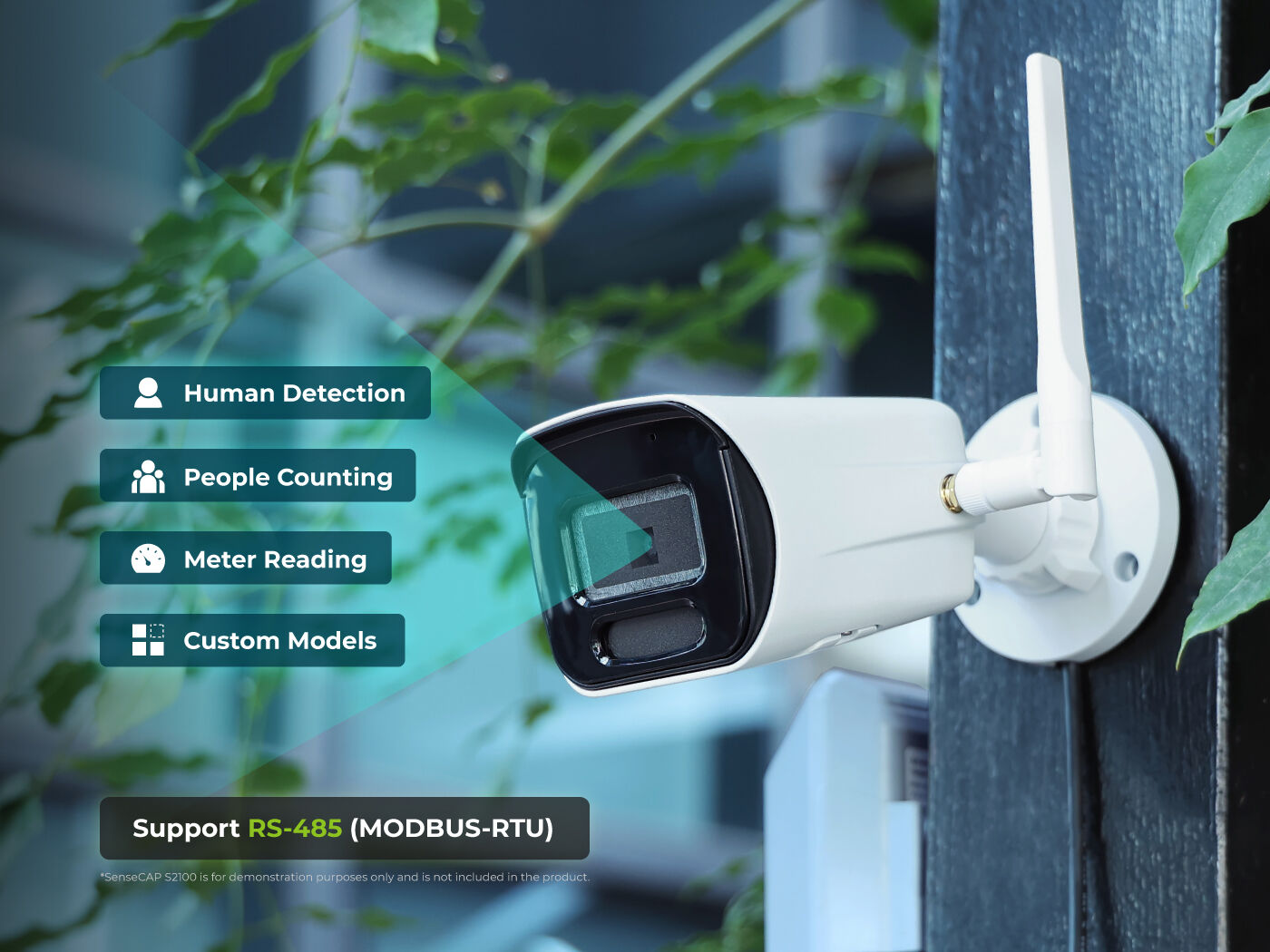


 IV. News & Event Highlights
IV. News & Event Highlights

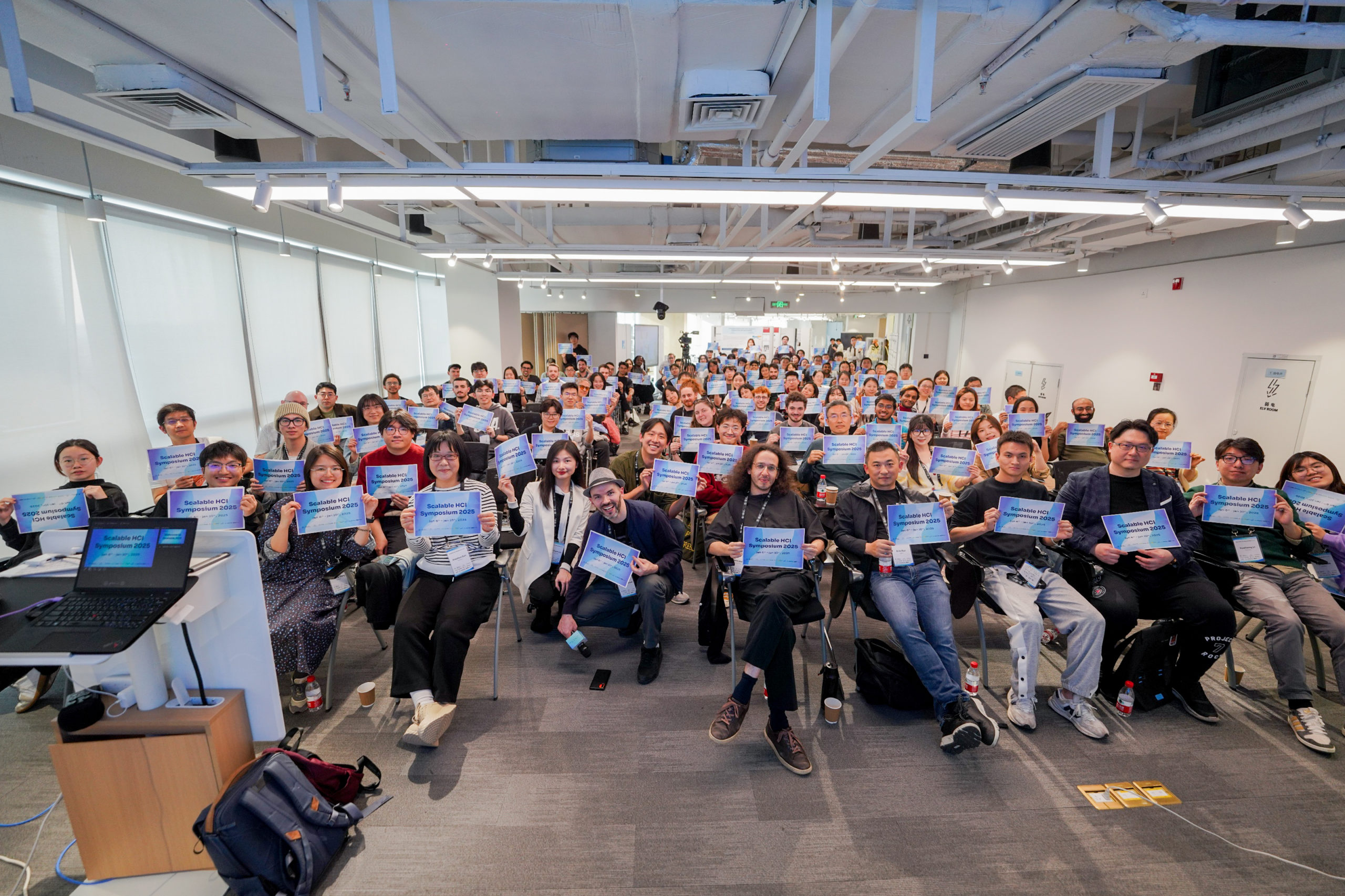

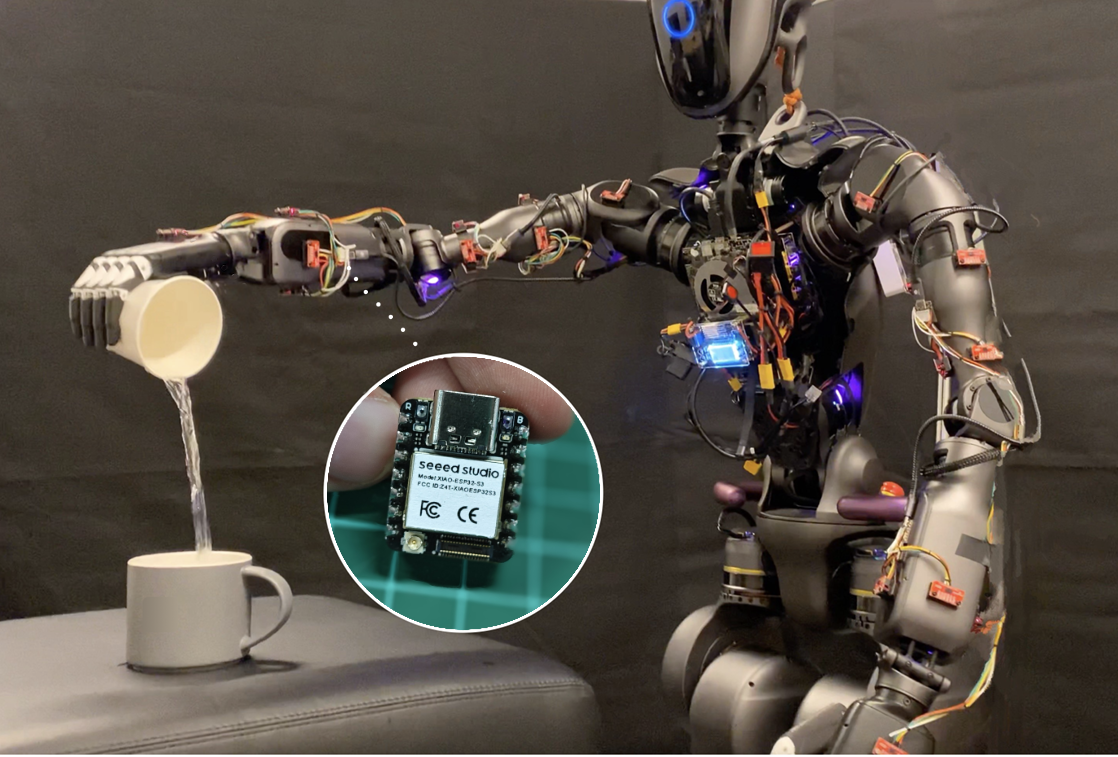


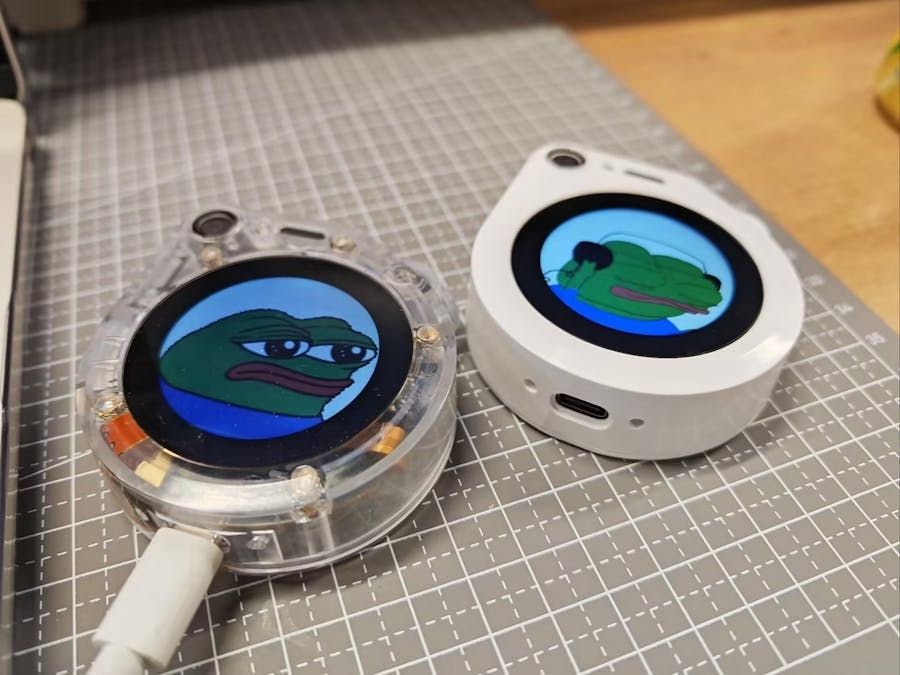
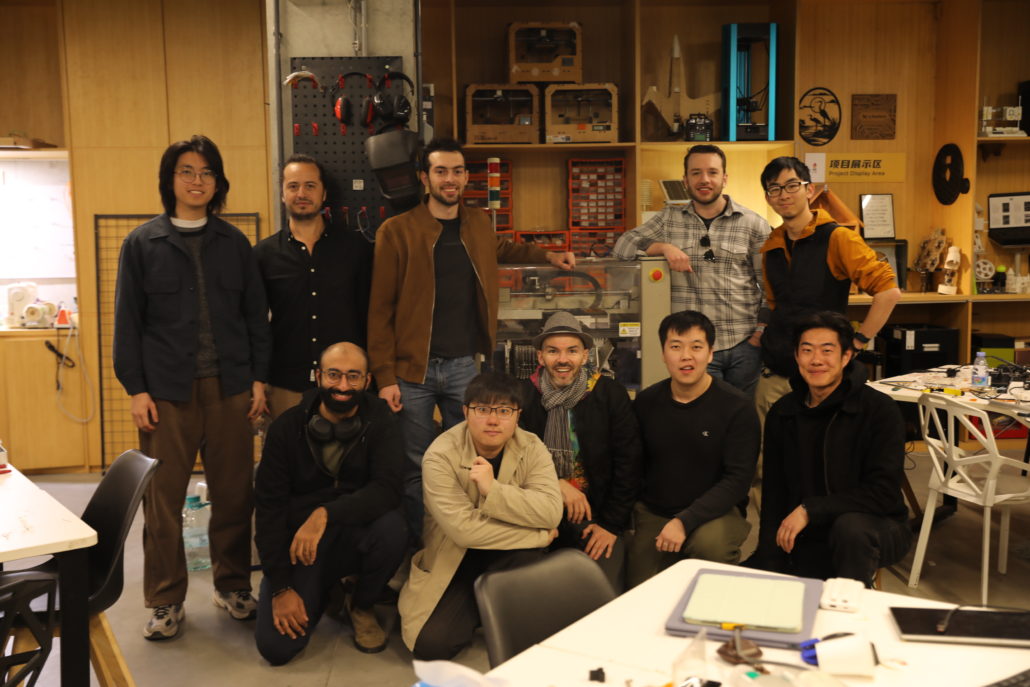
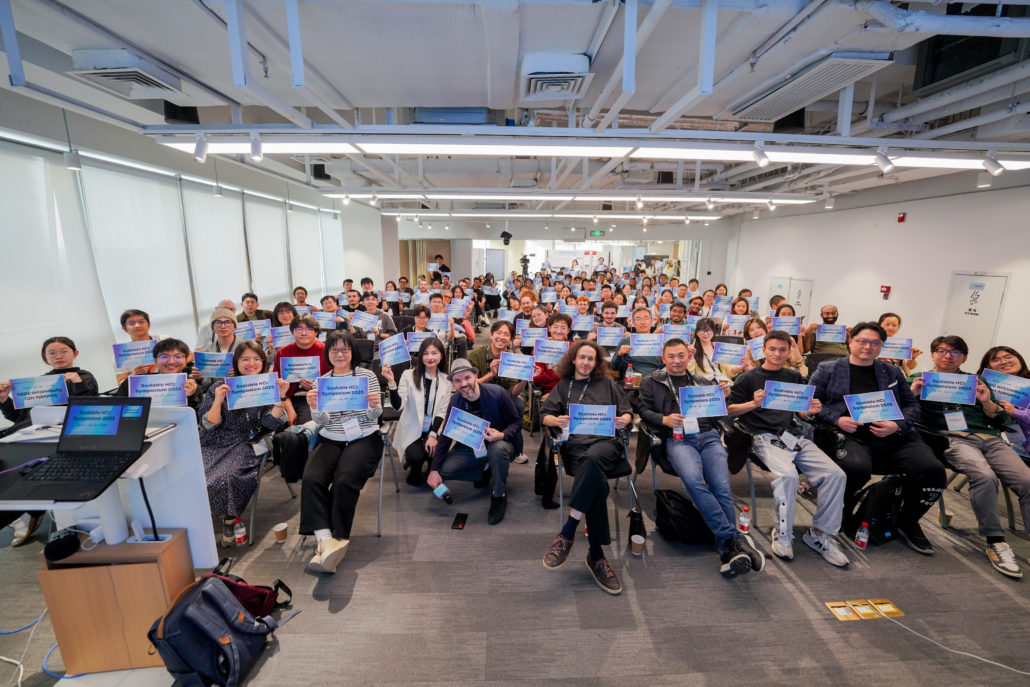
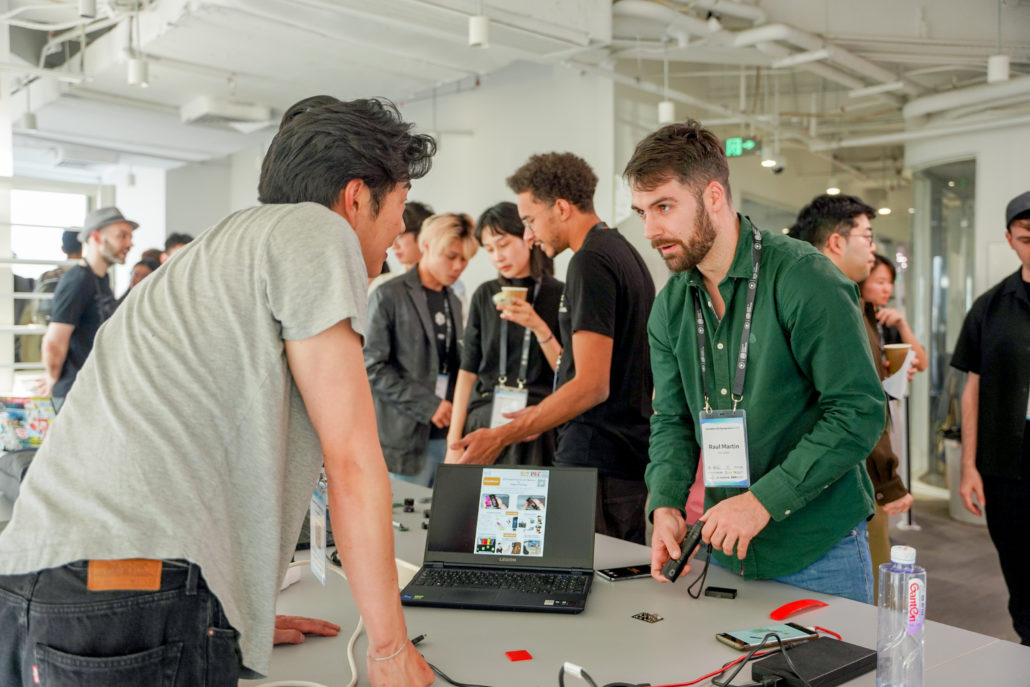
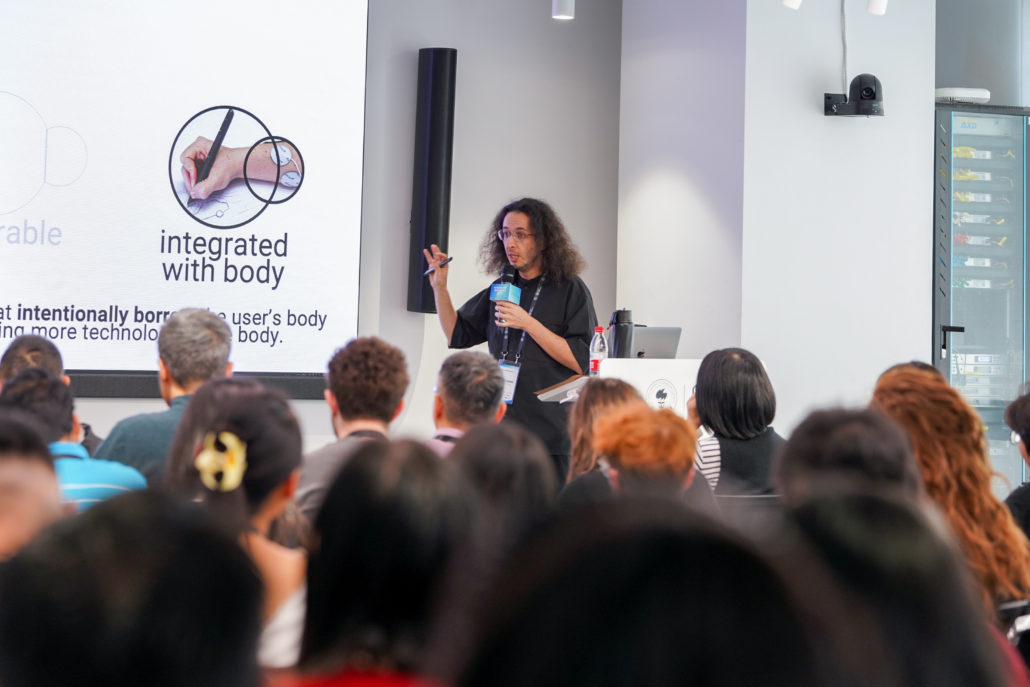
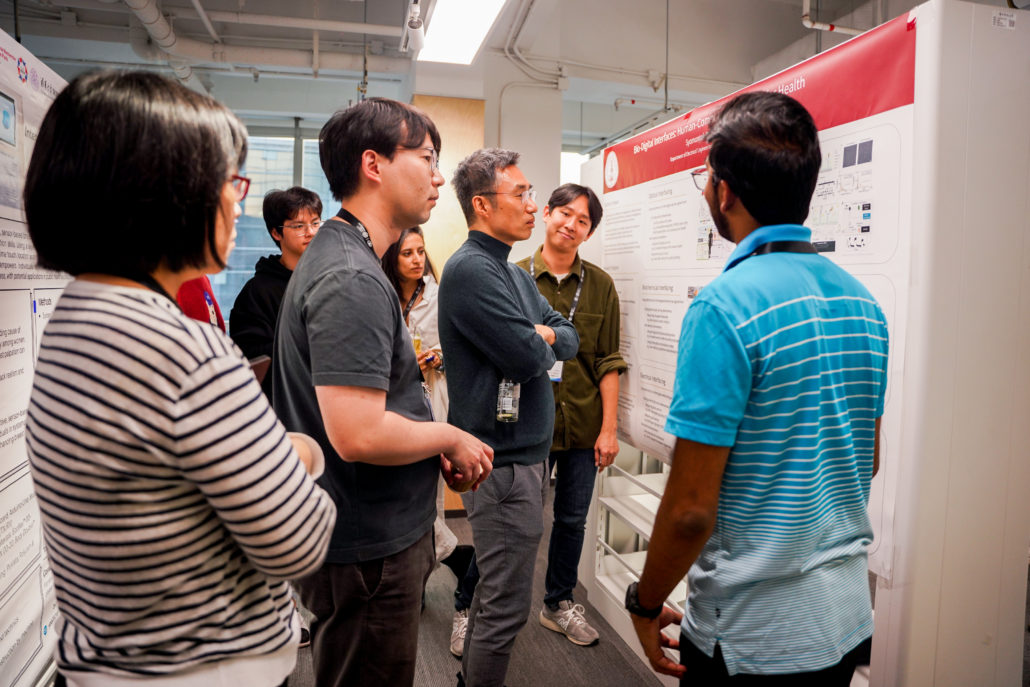
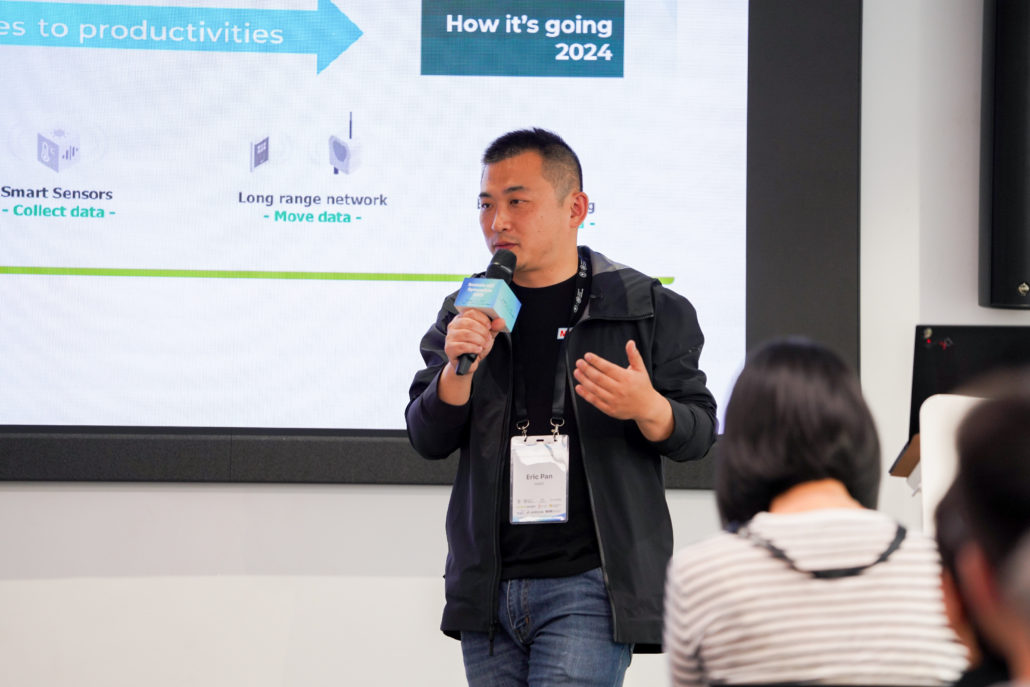

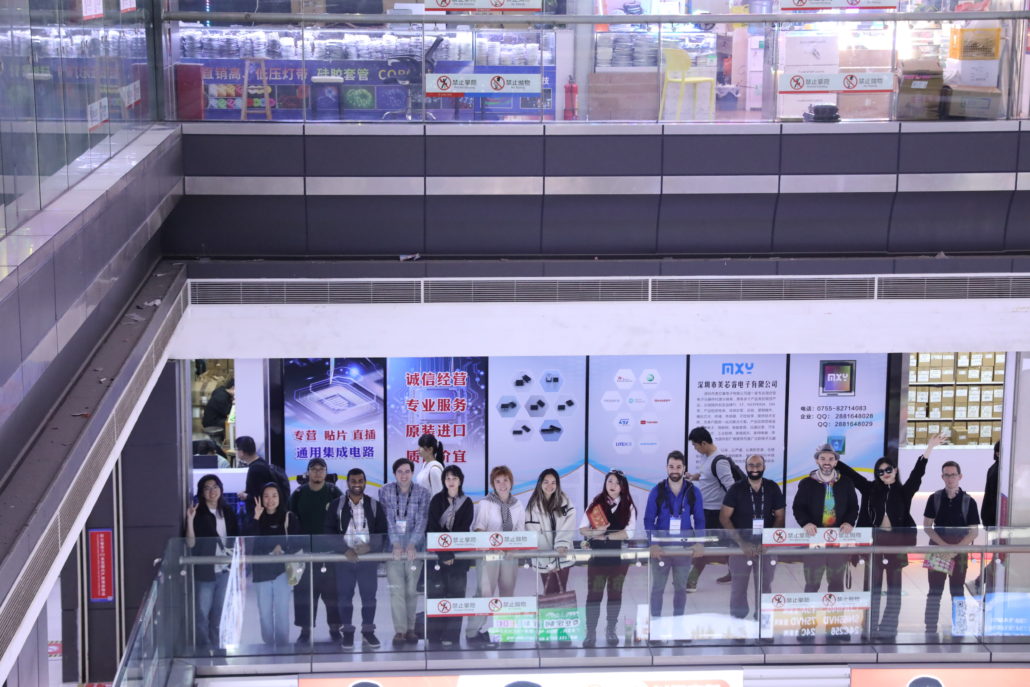
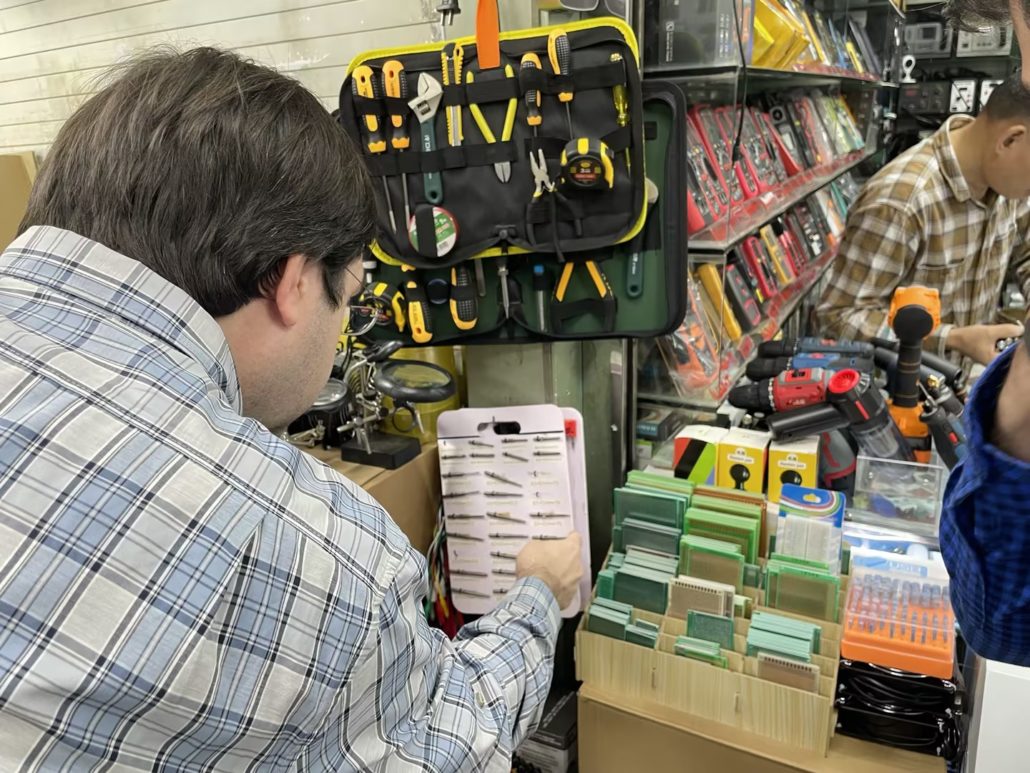
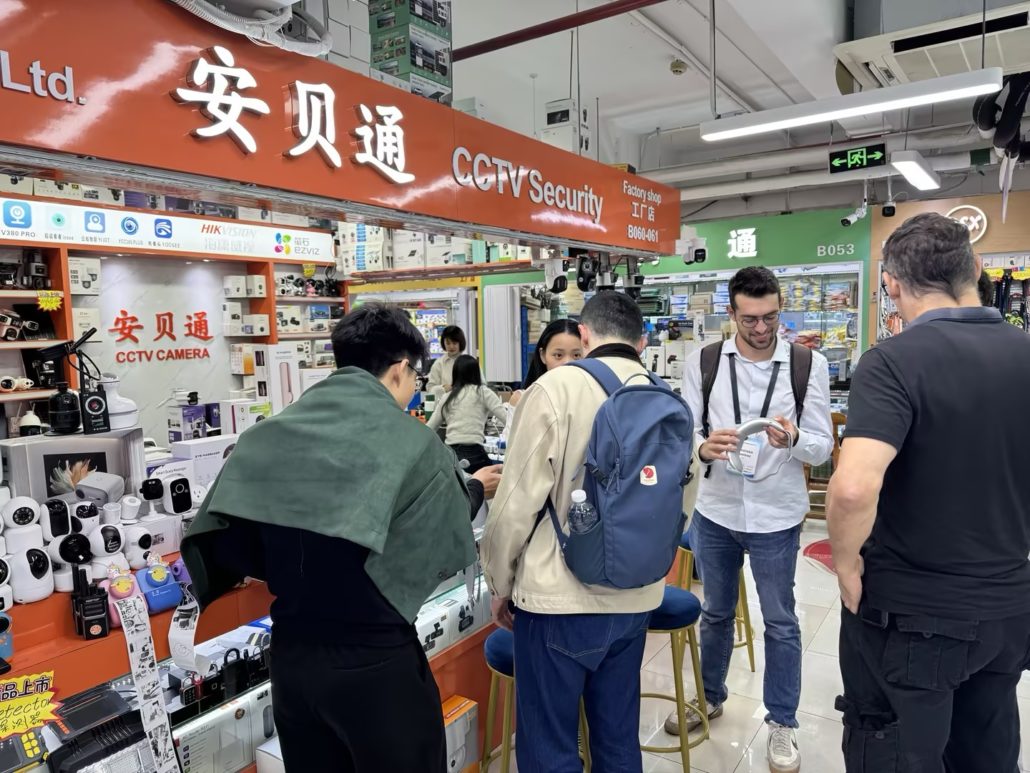

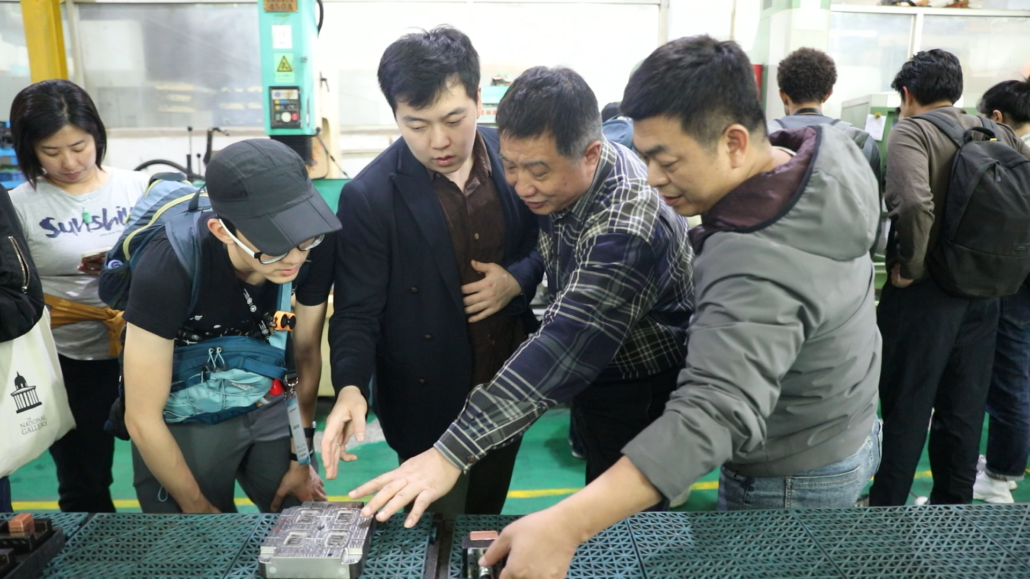
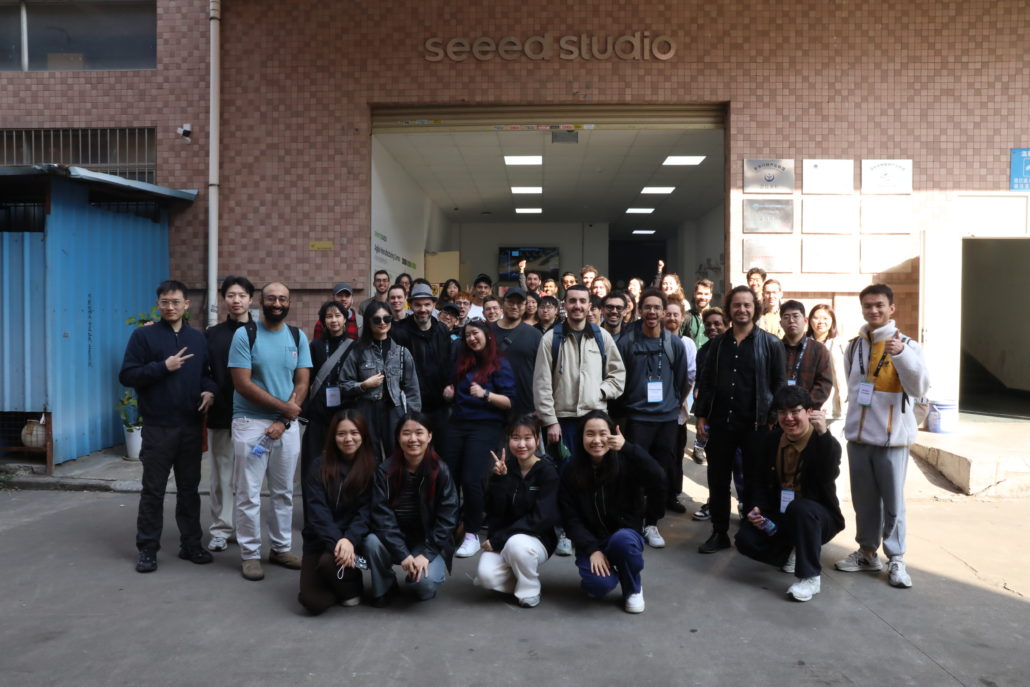
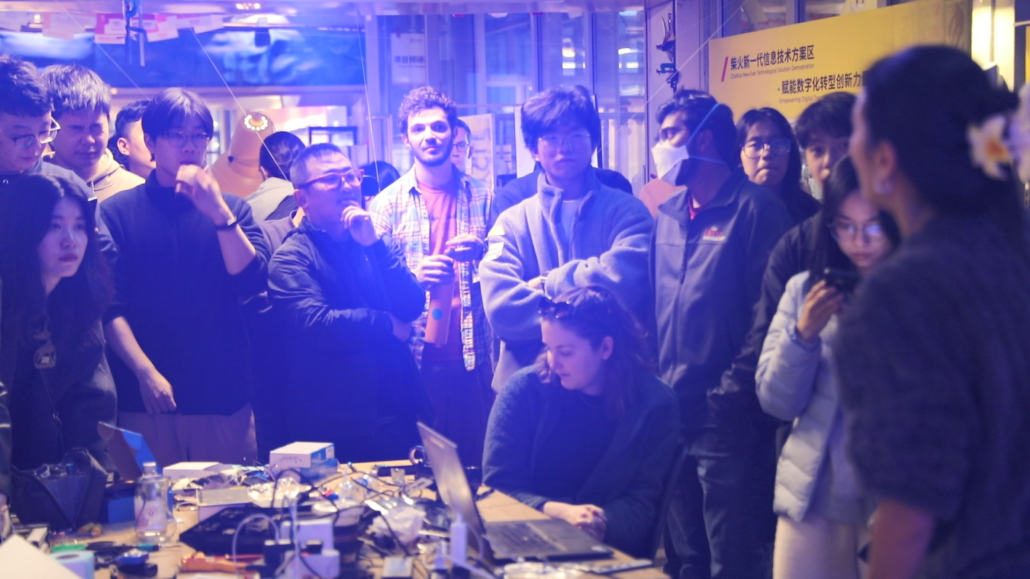
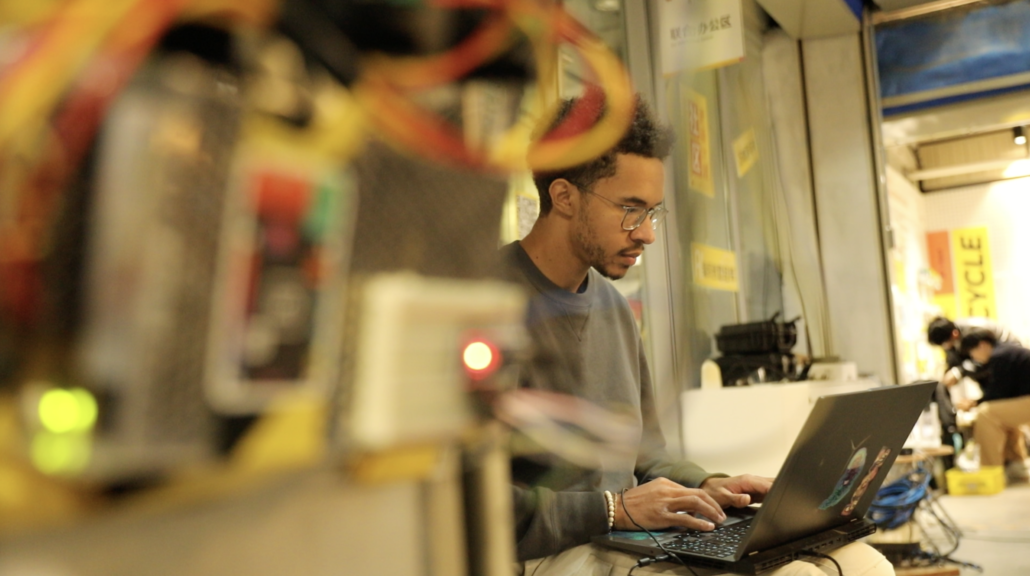
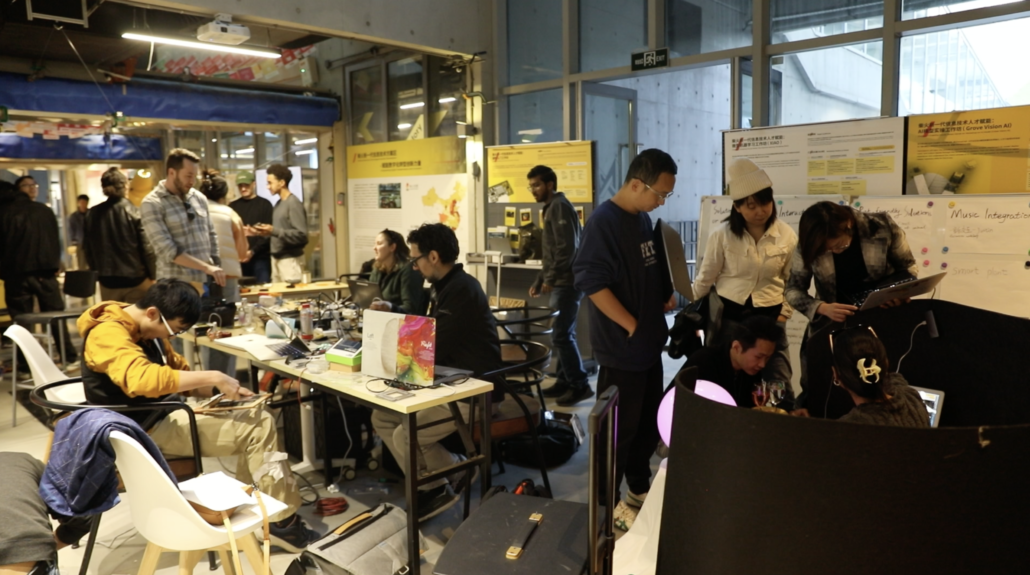
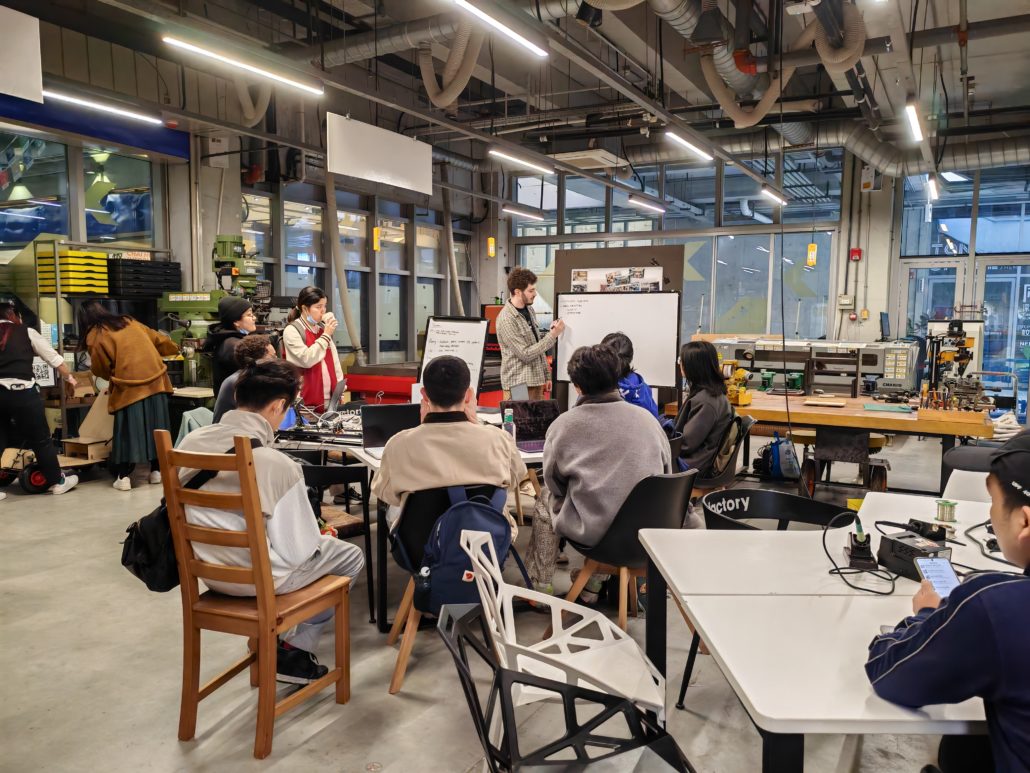
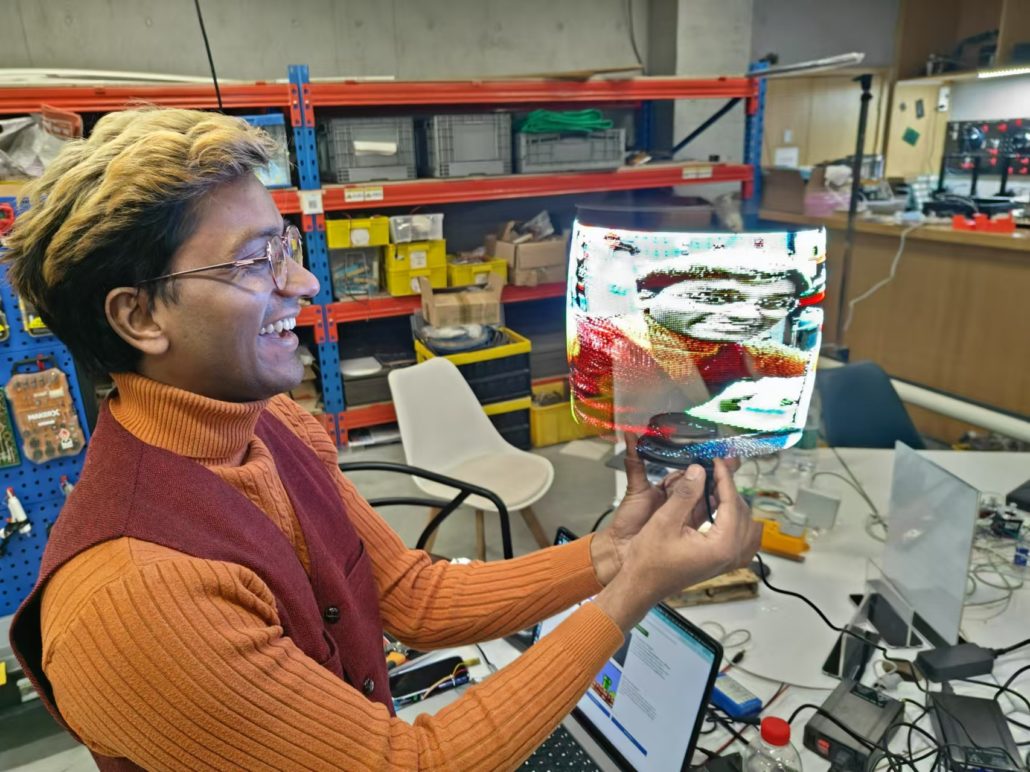
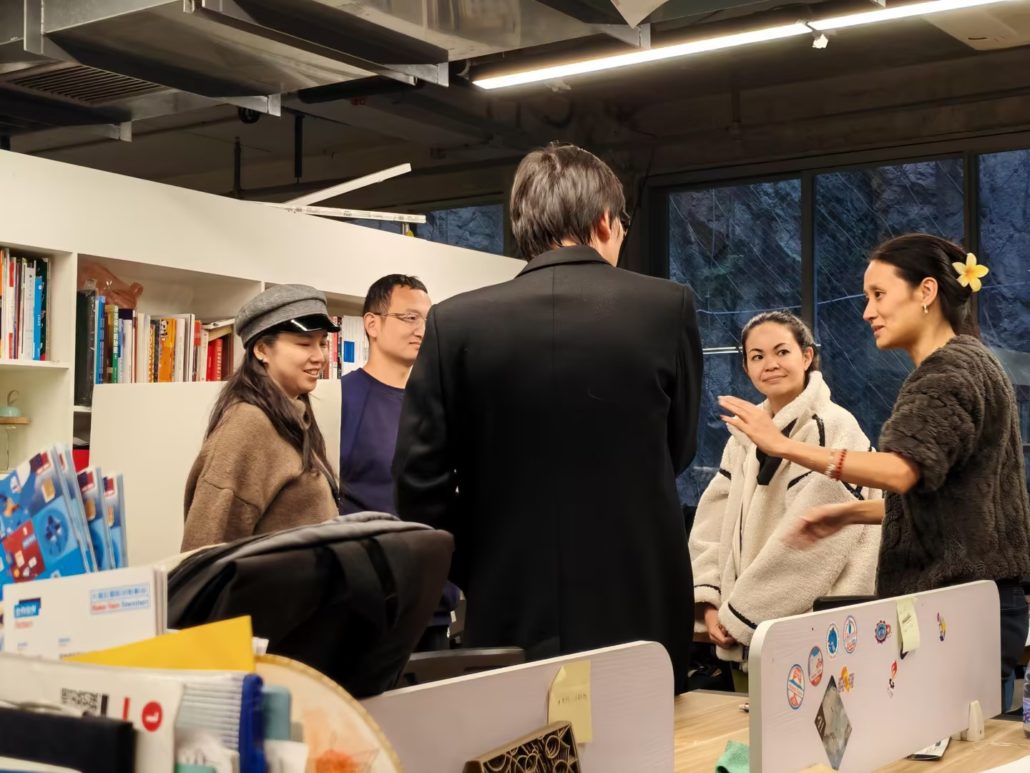
























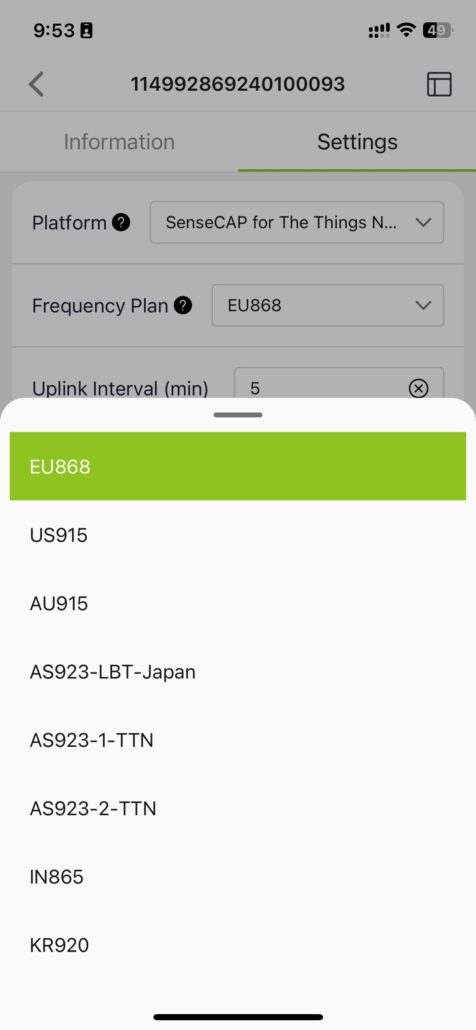
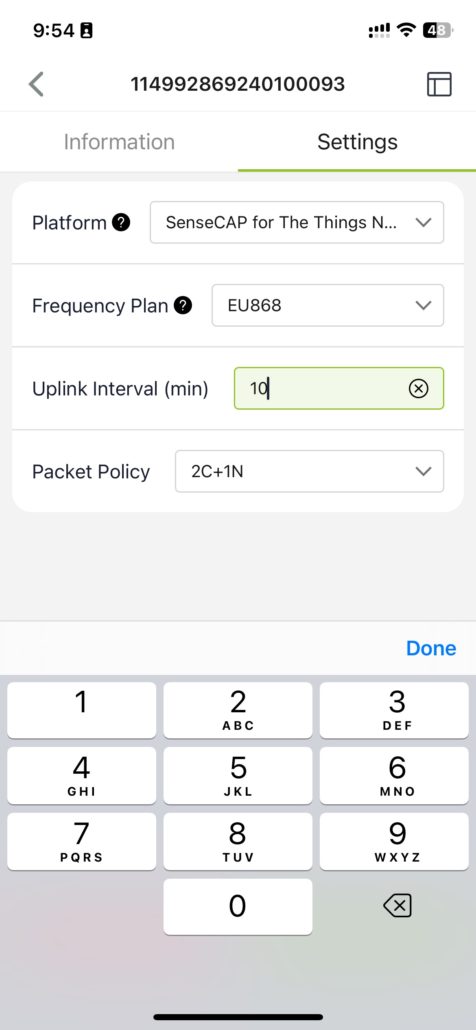
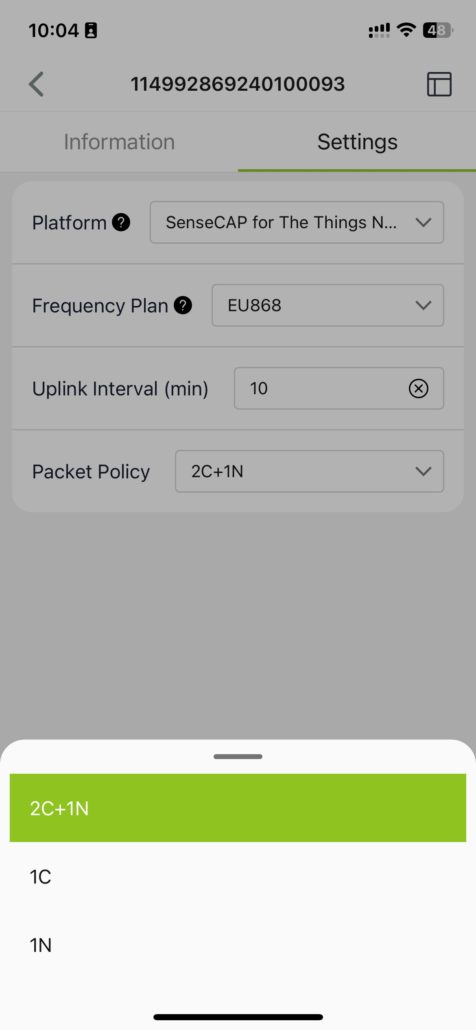





 , the leading platform for robotics and embedded edge AI applications, highlights the Seeed Studio
, the leading platform for robotics and embedded edge AI applications, highlights the Seeed Studio 